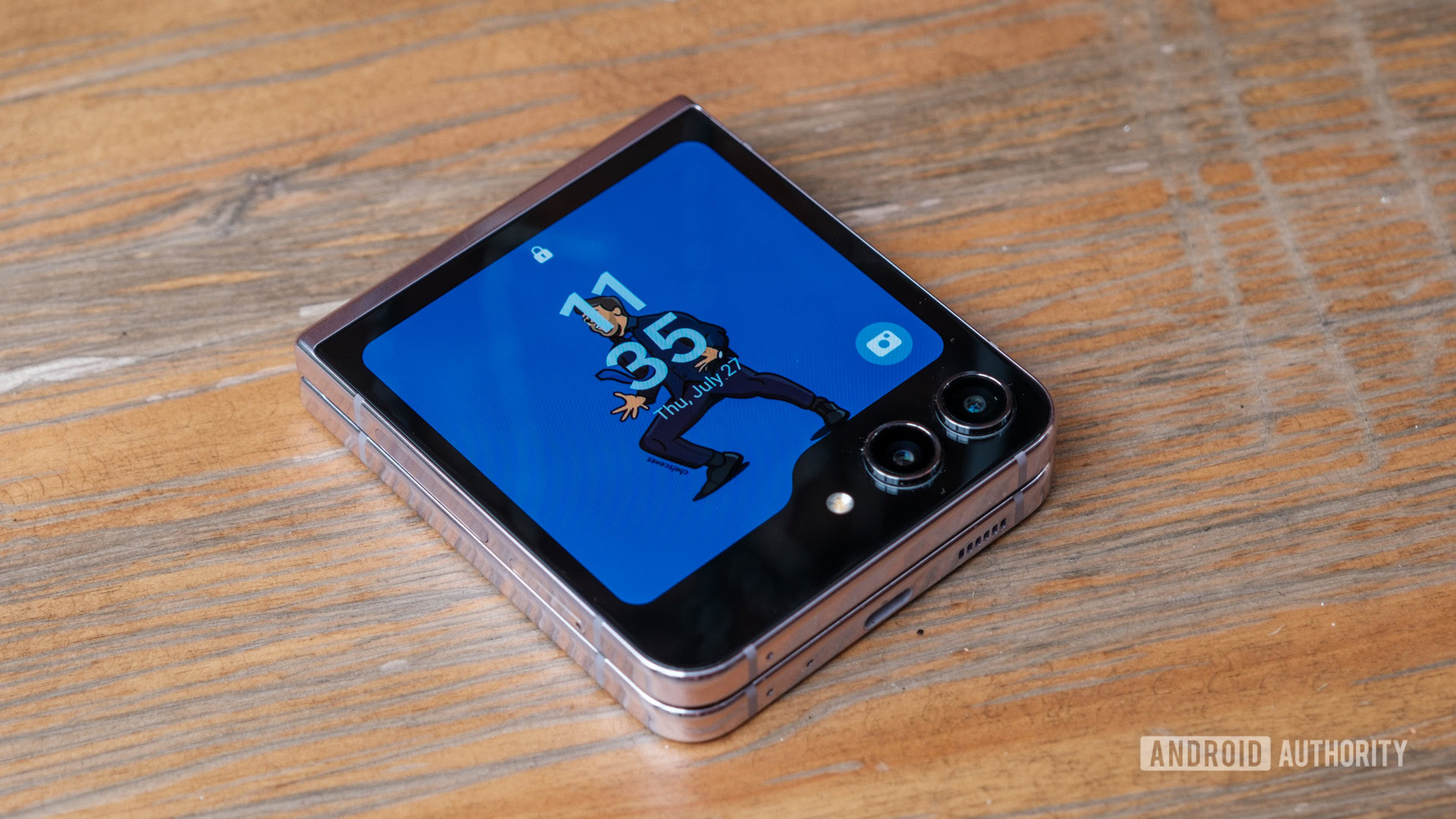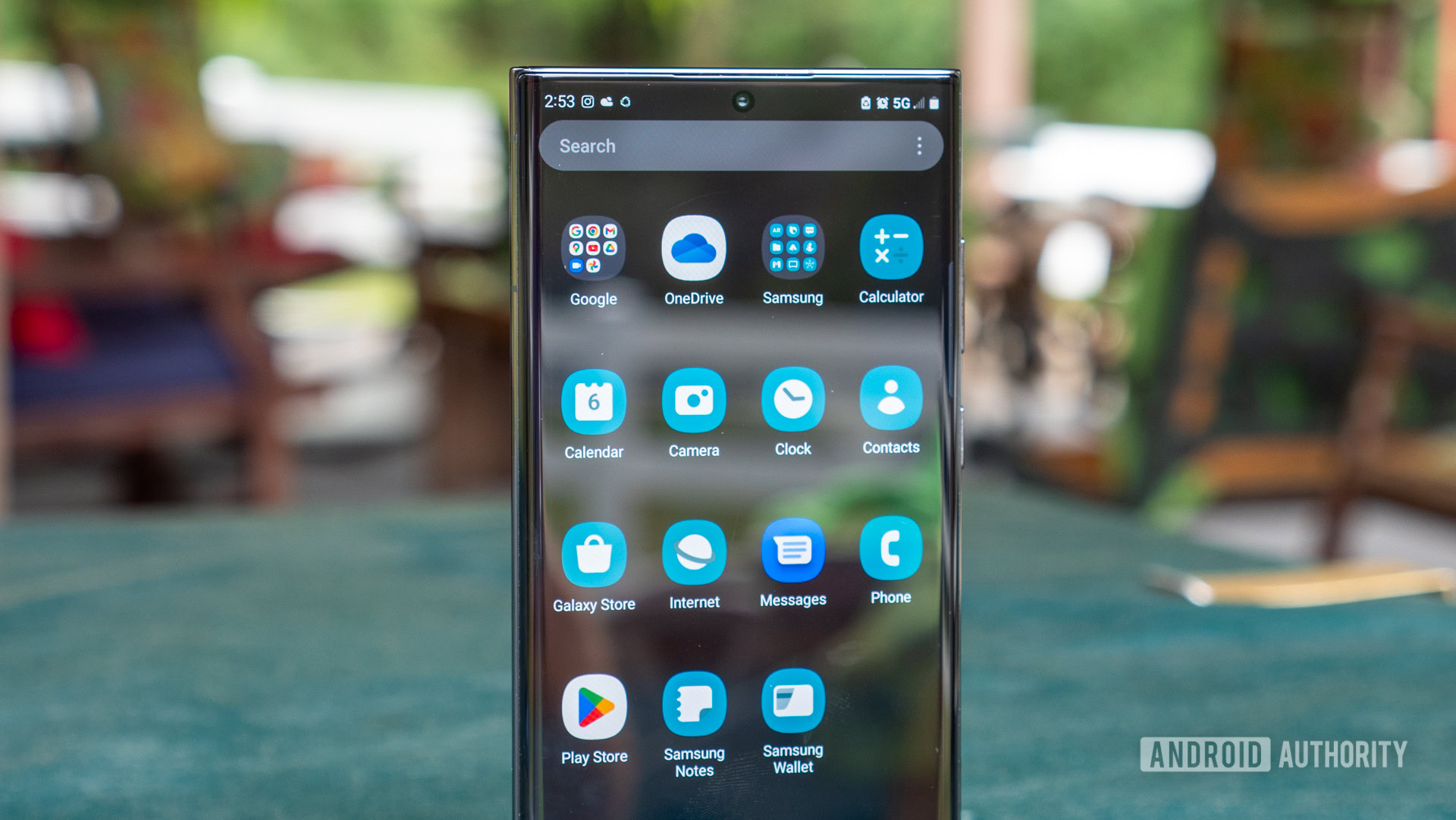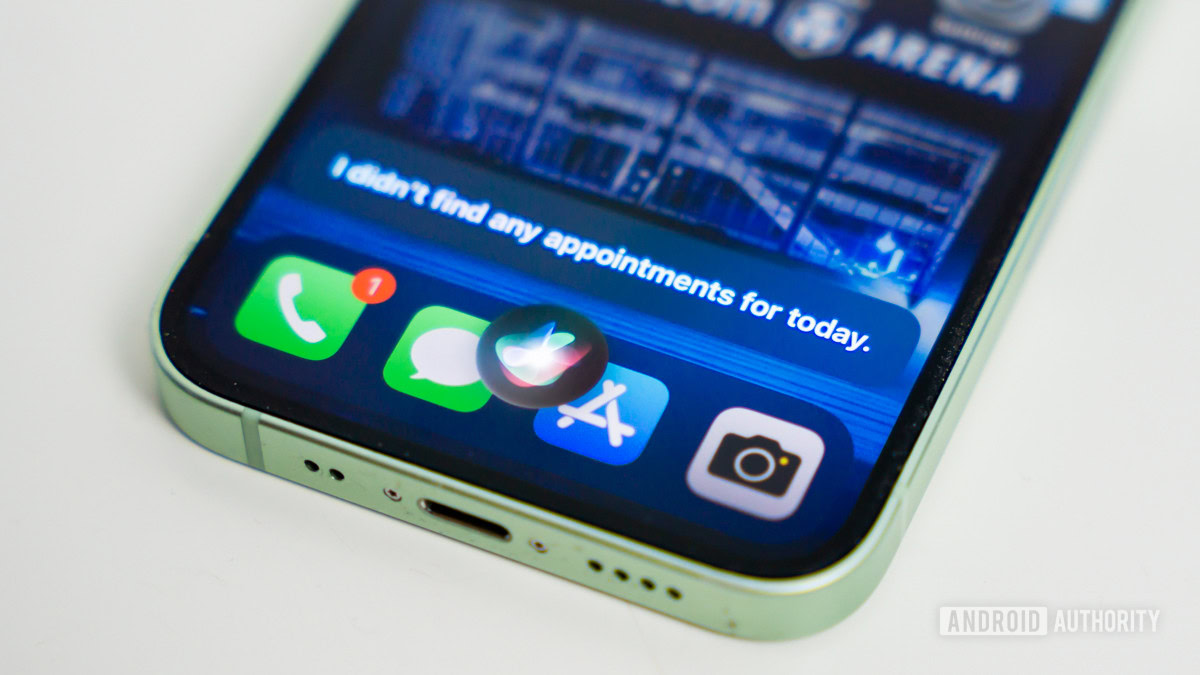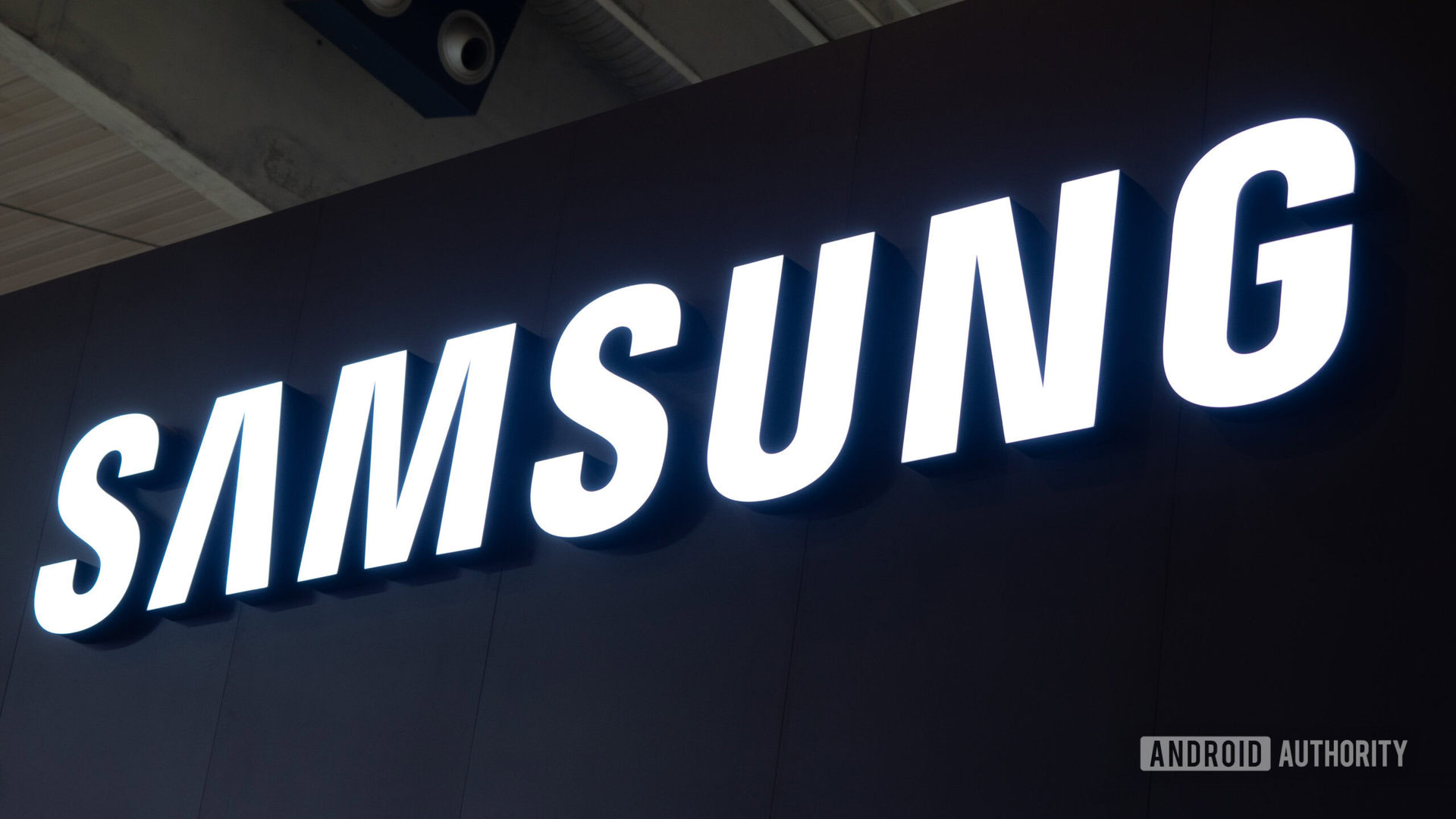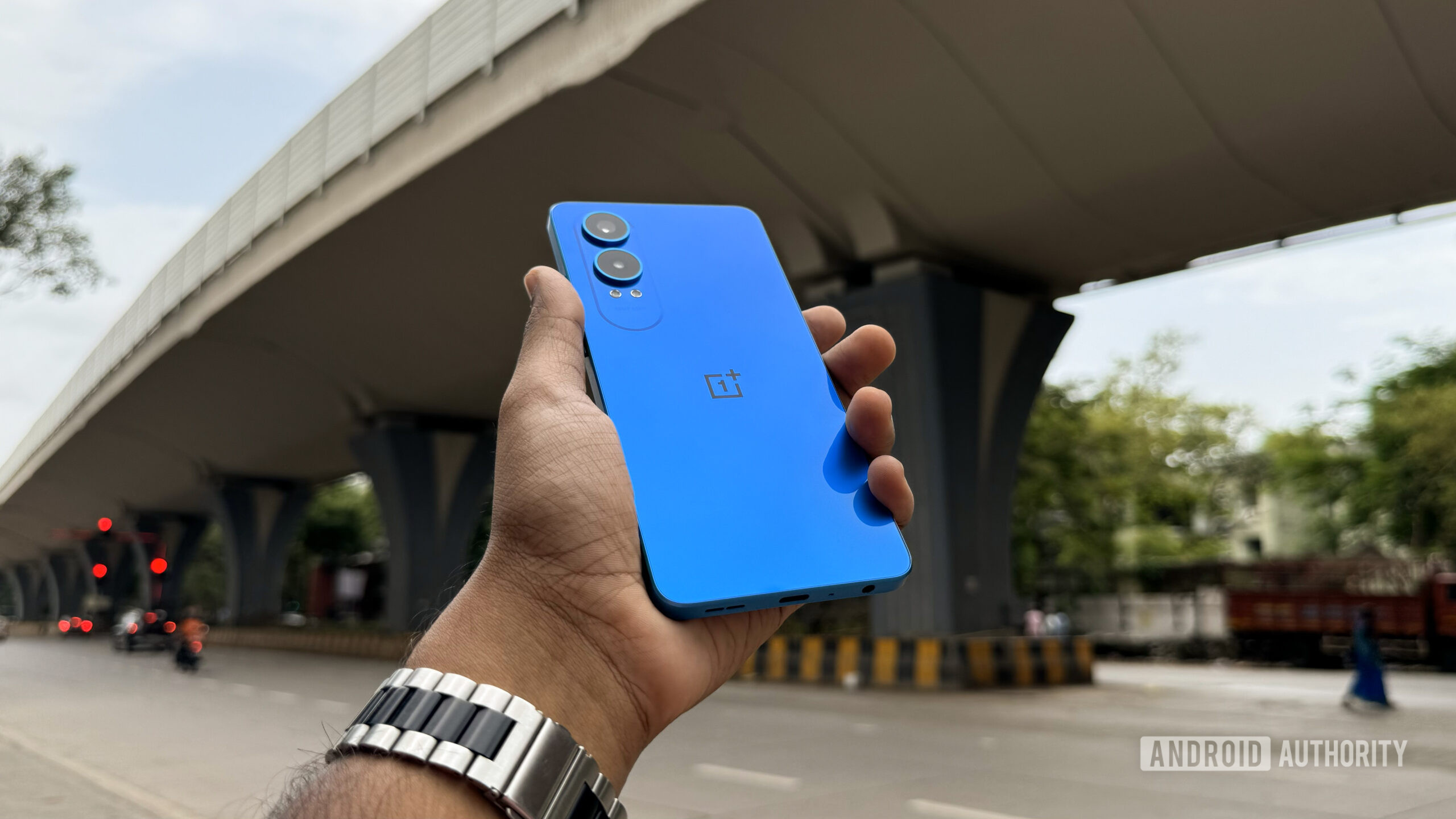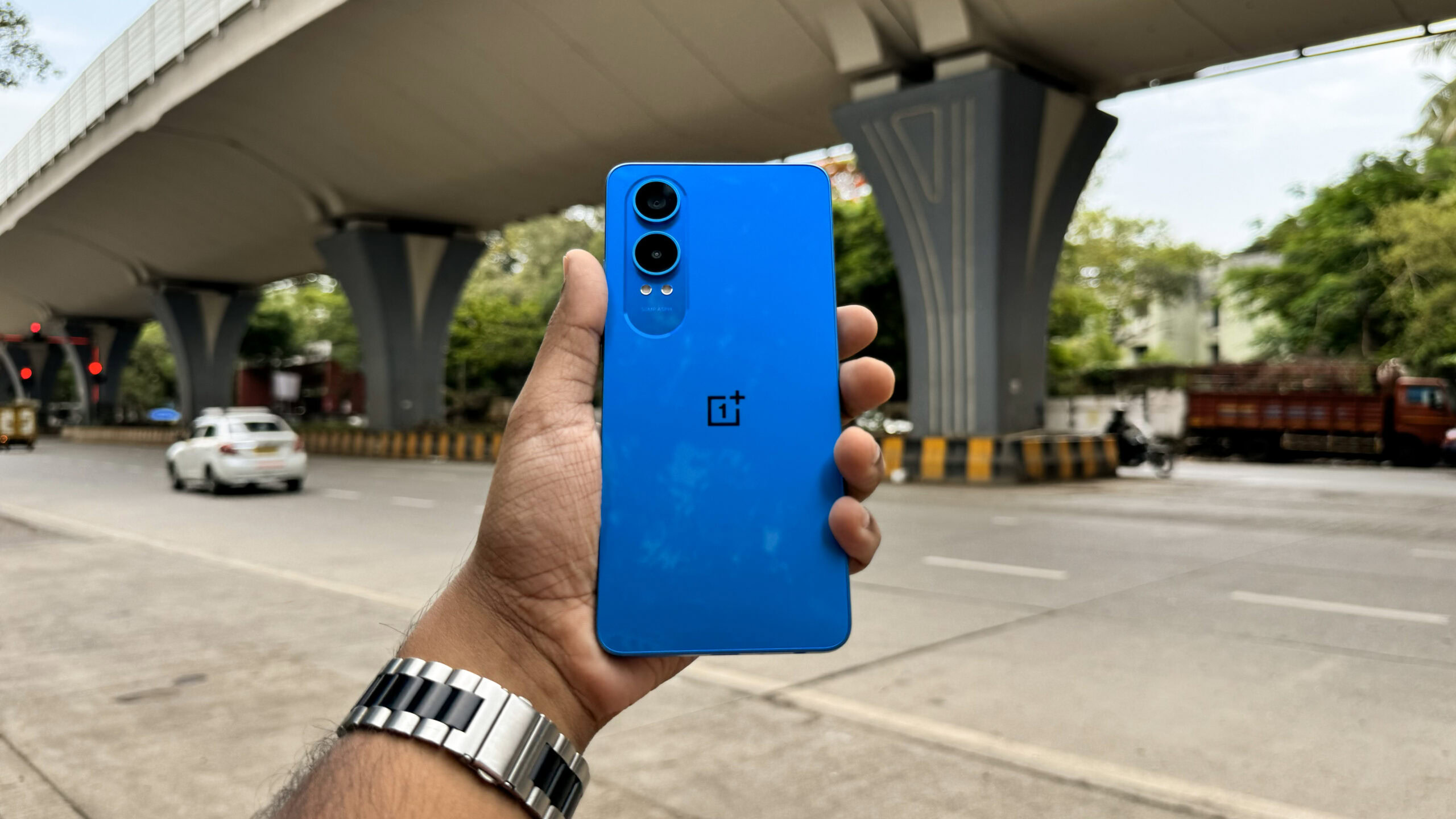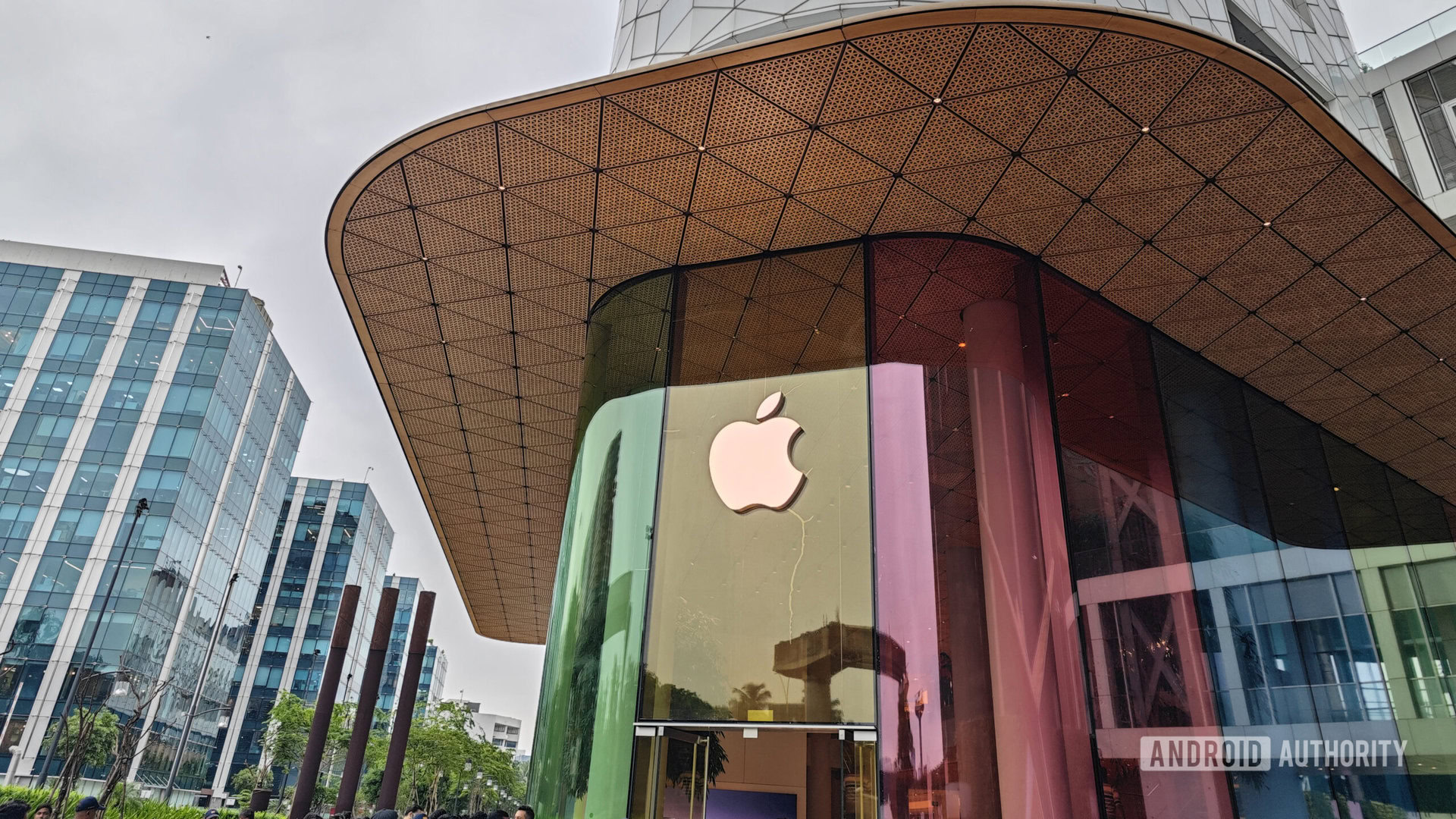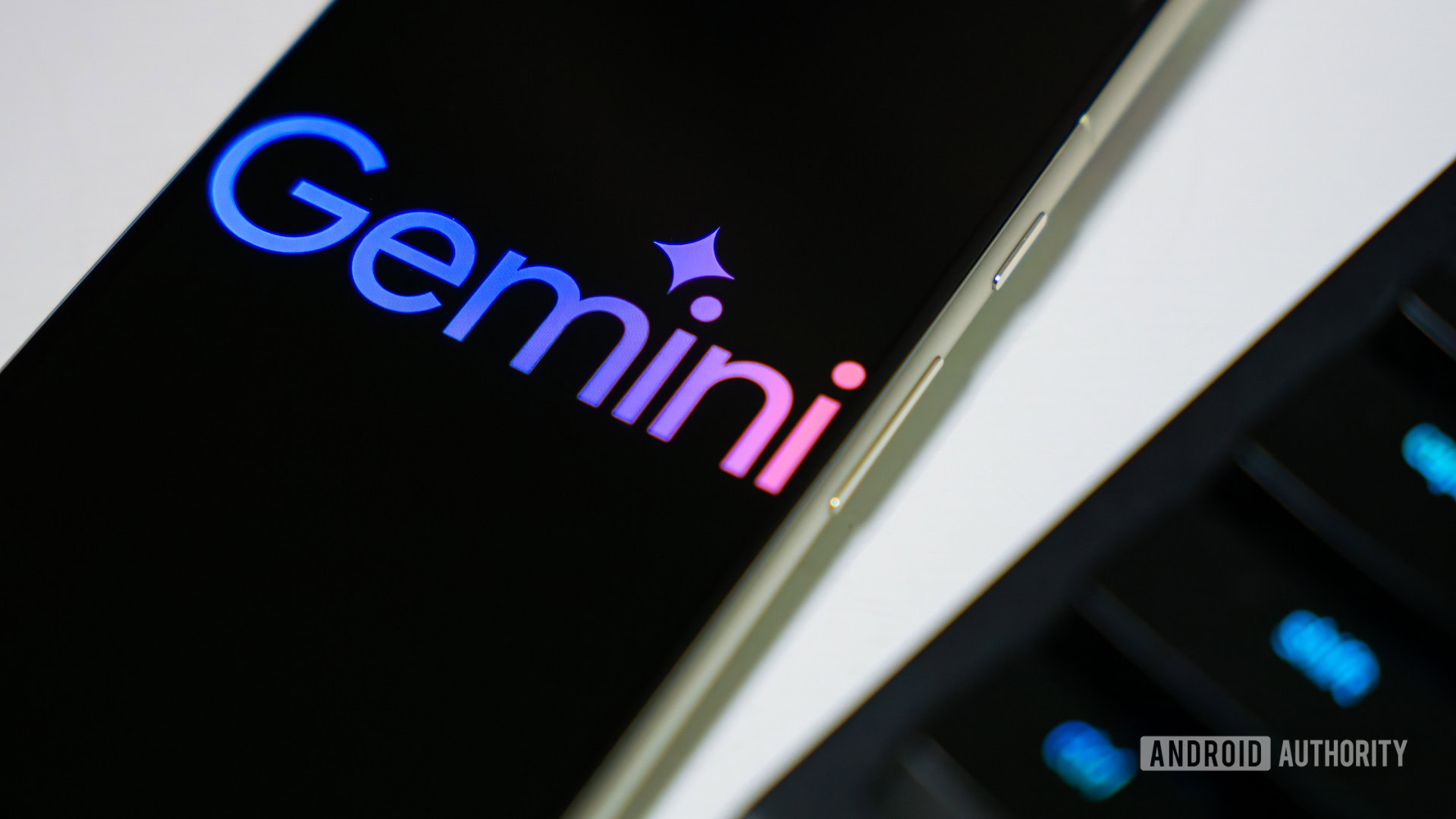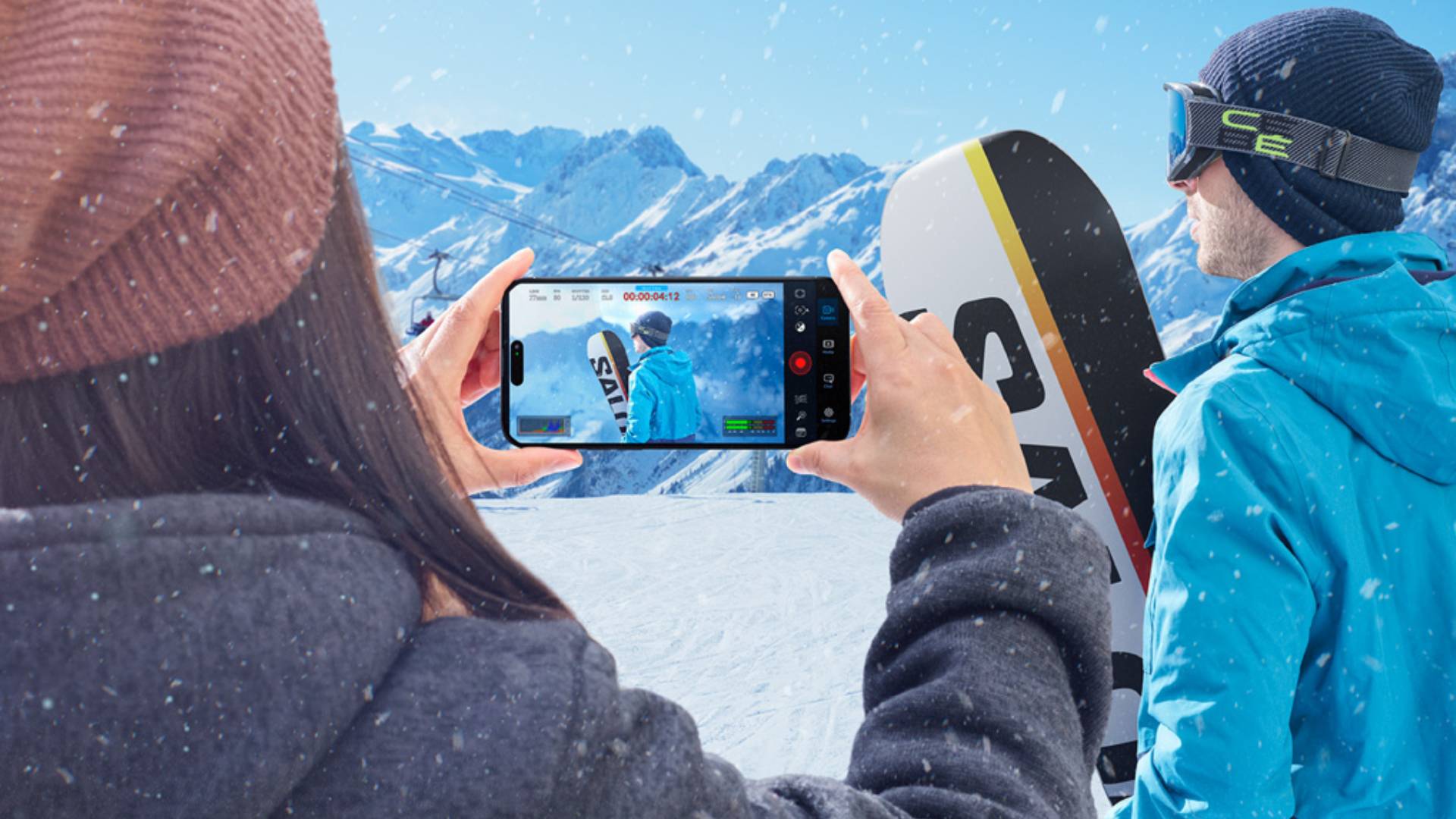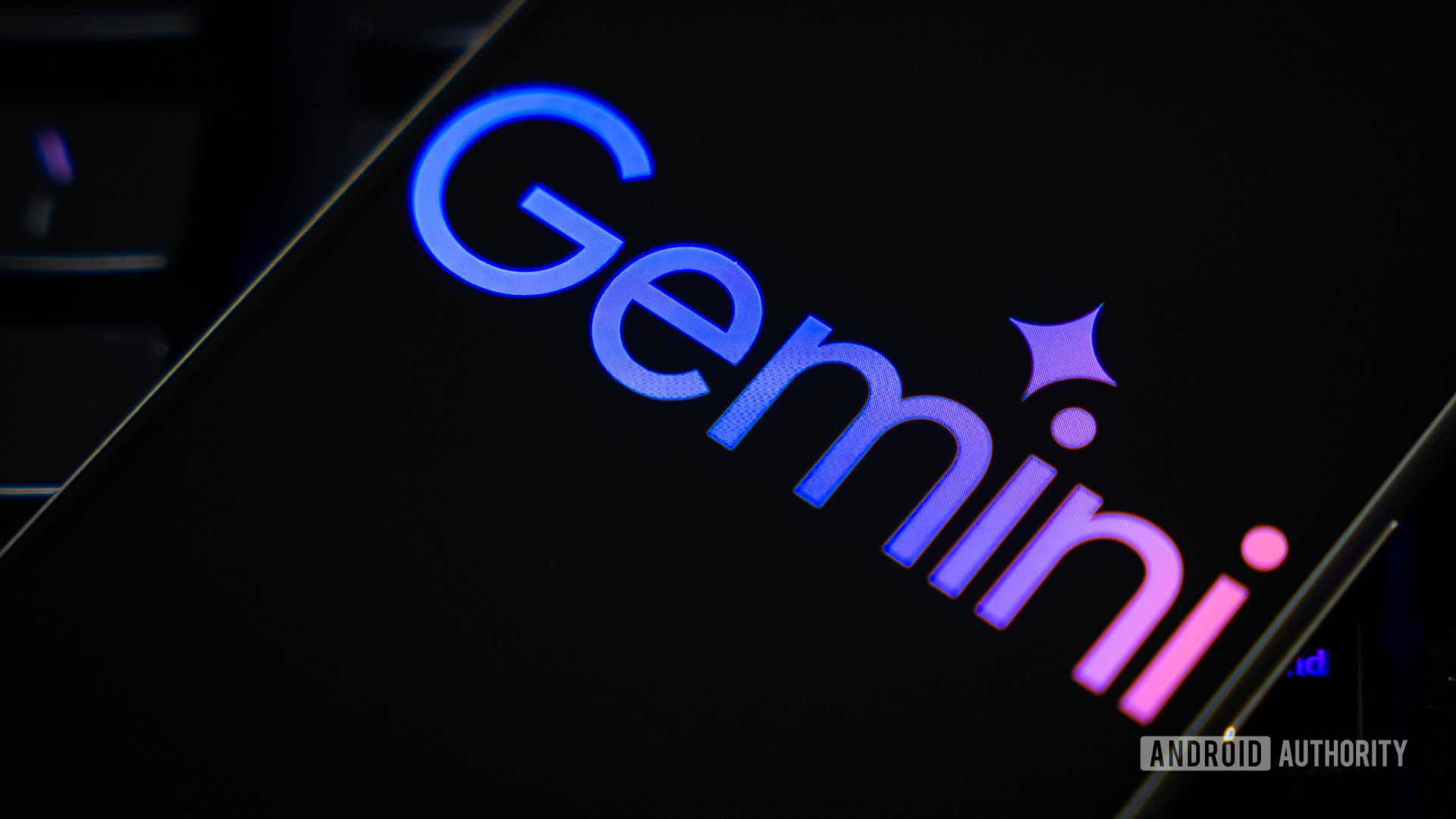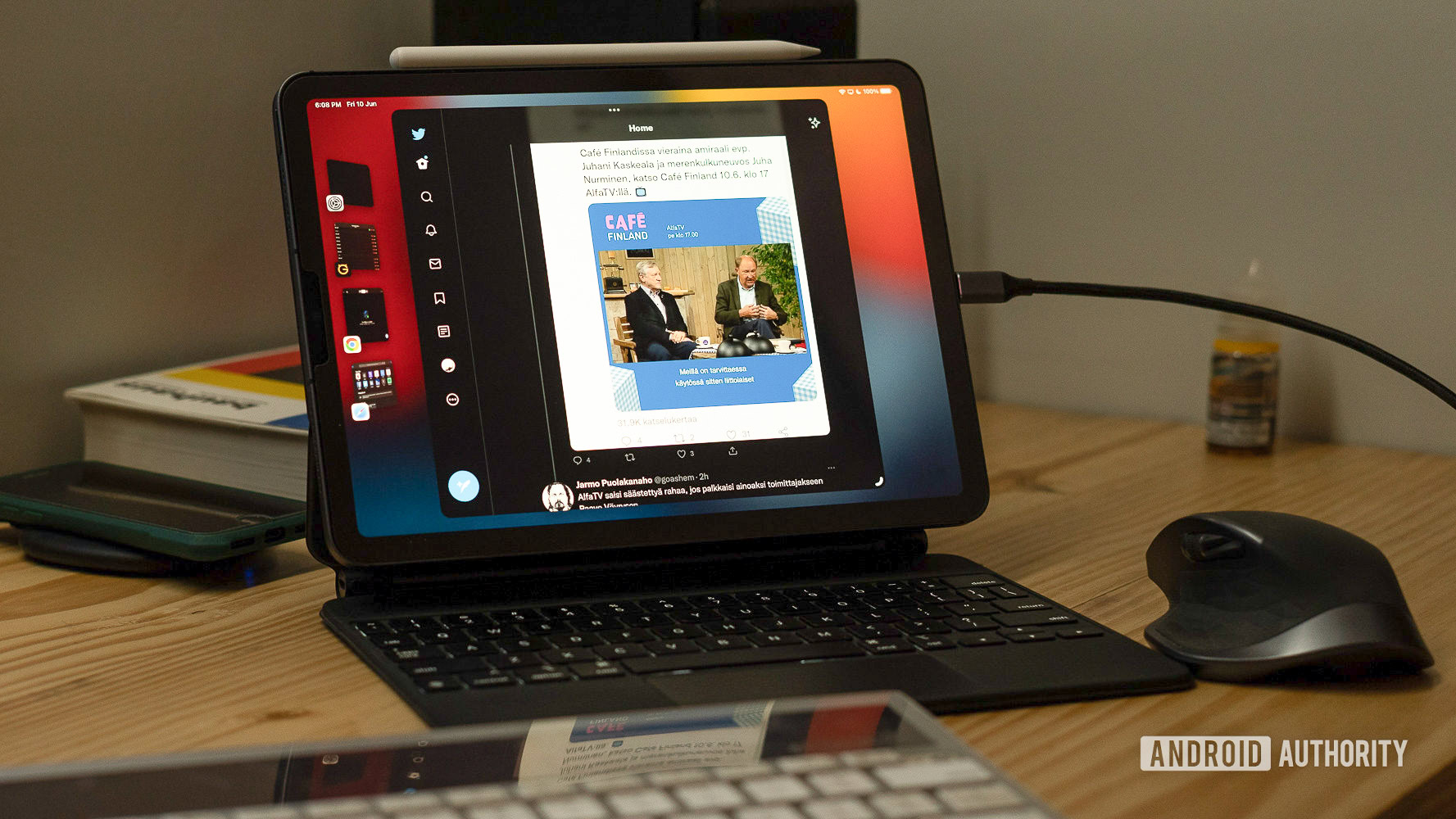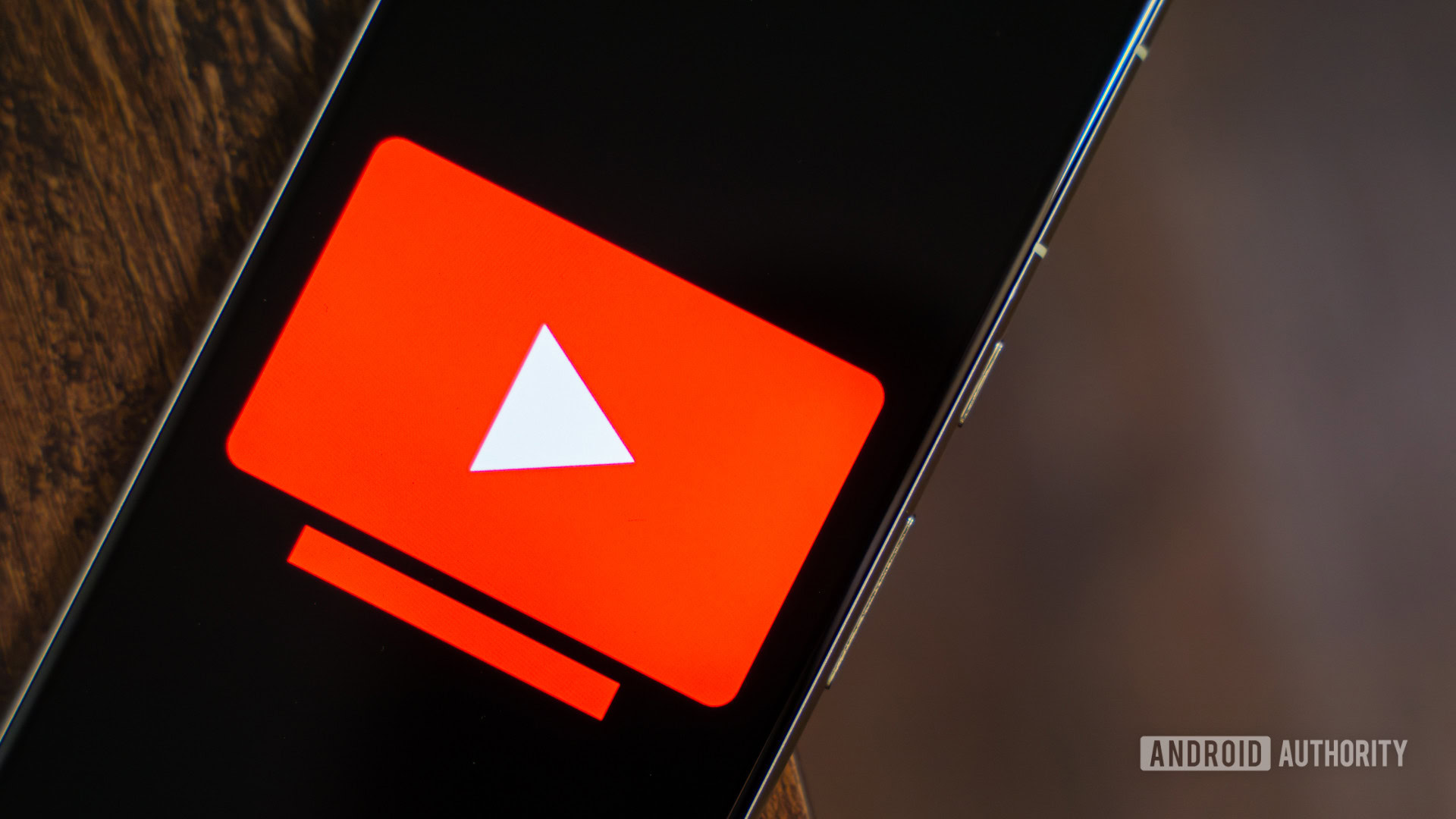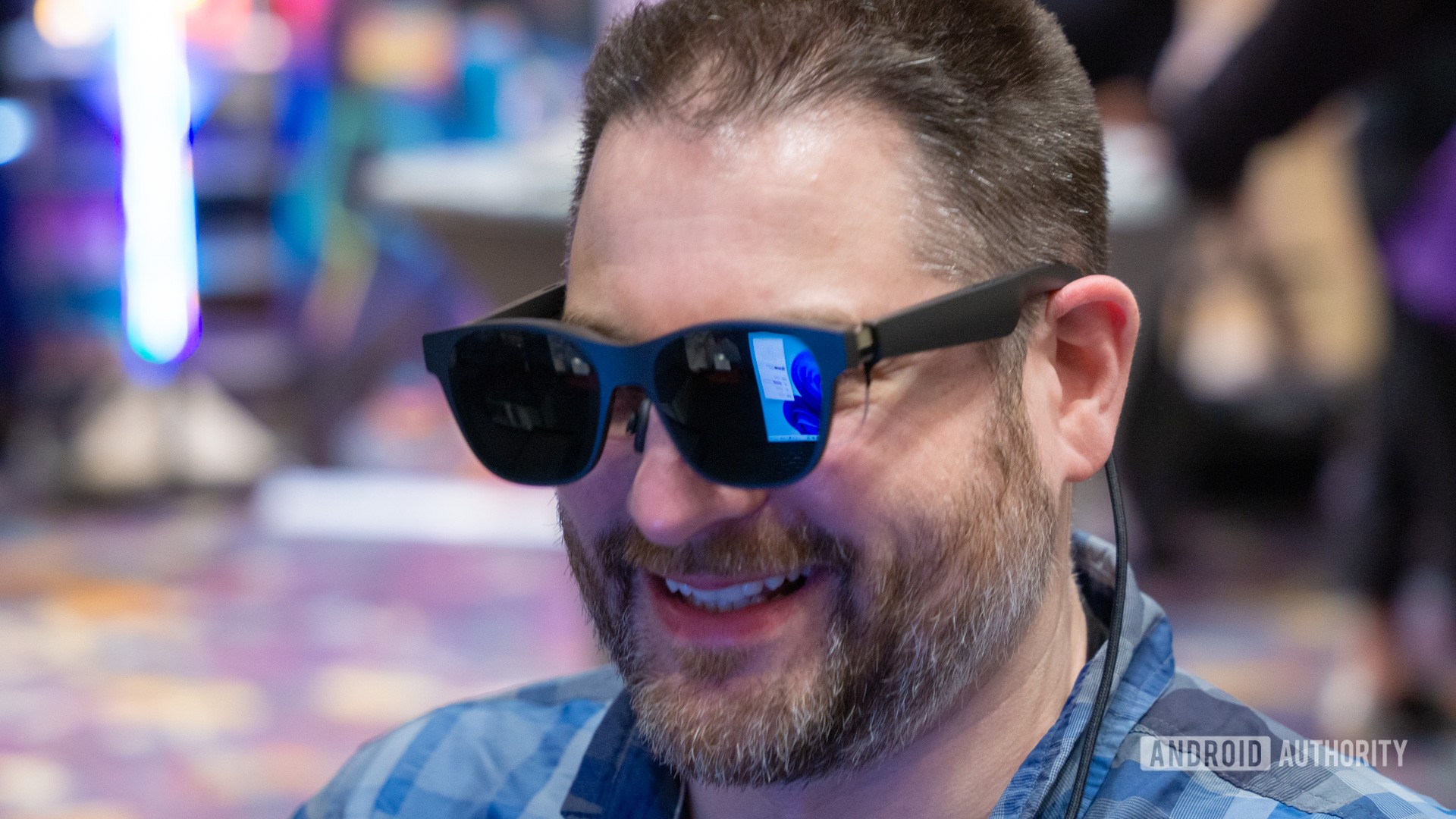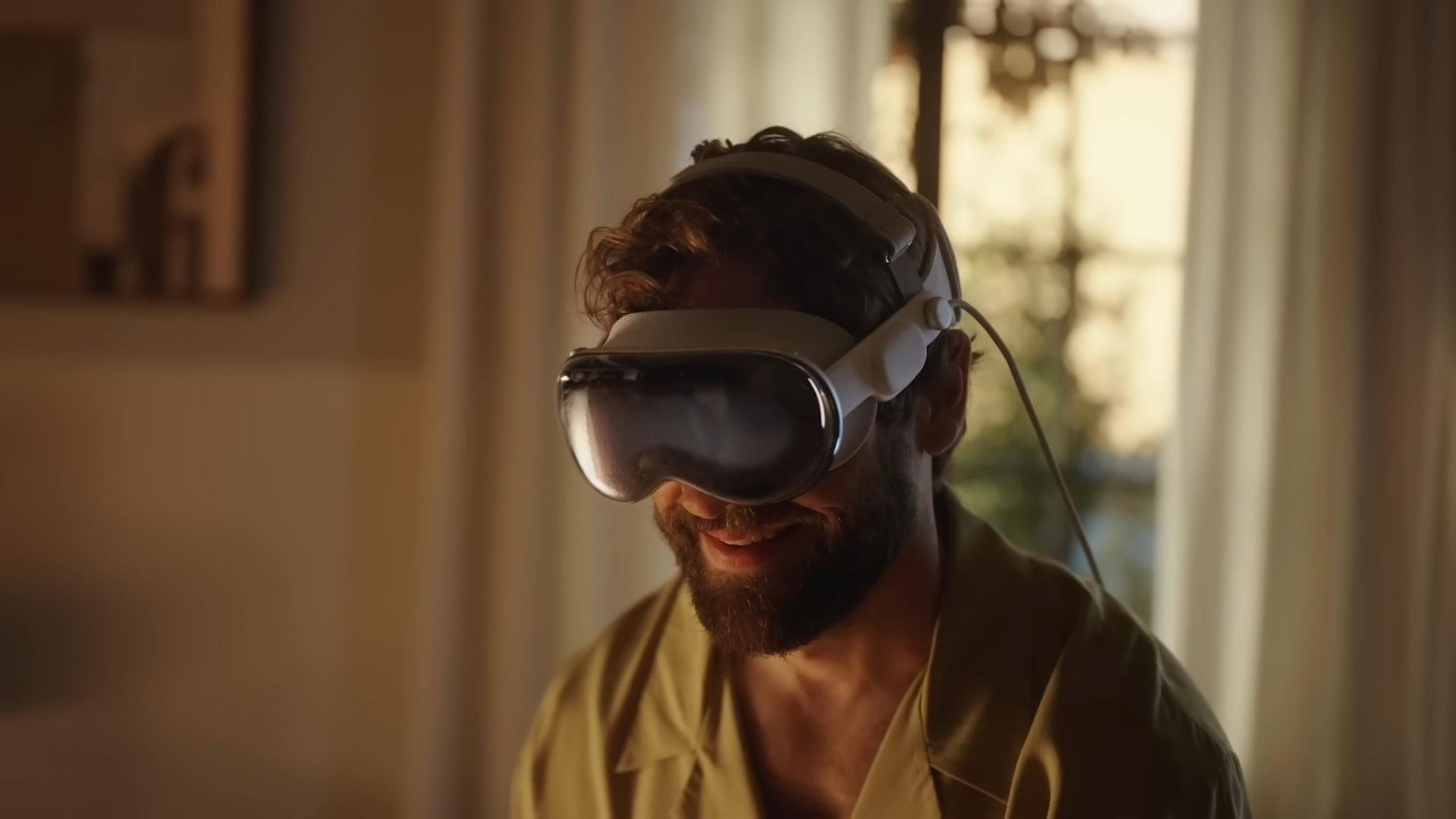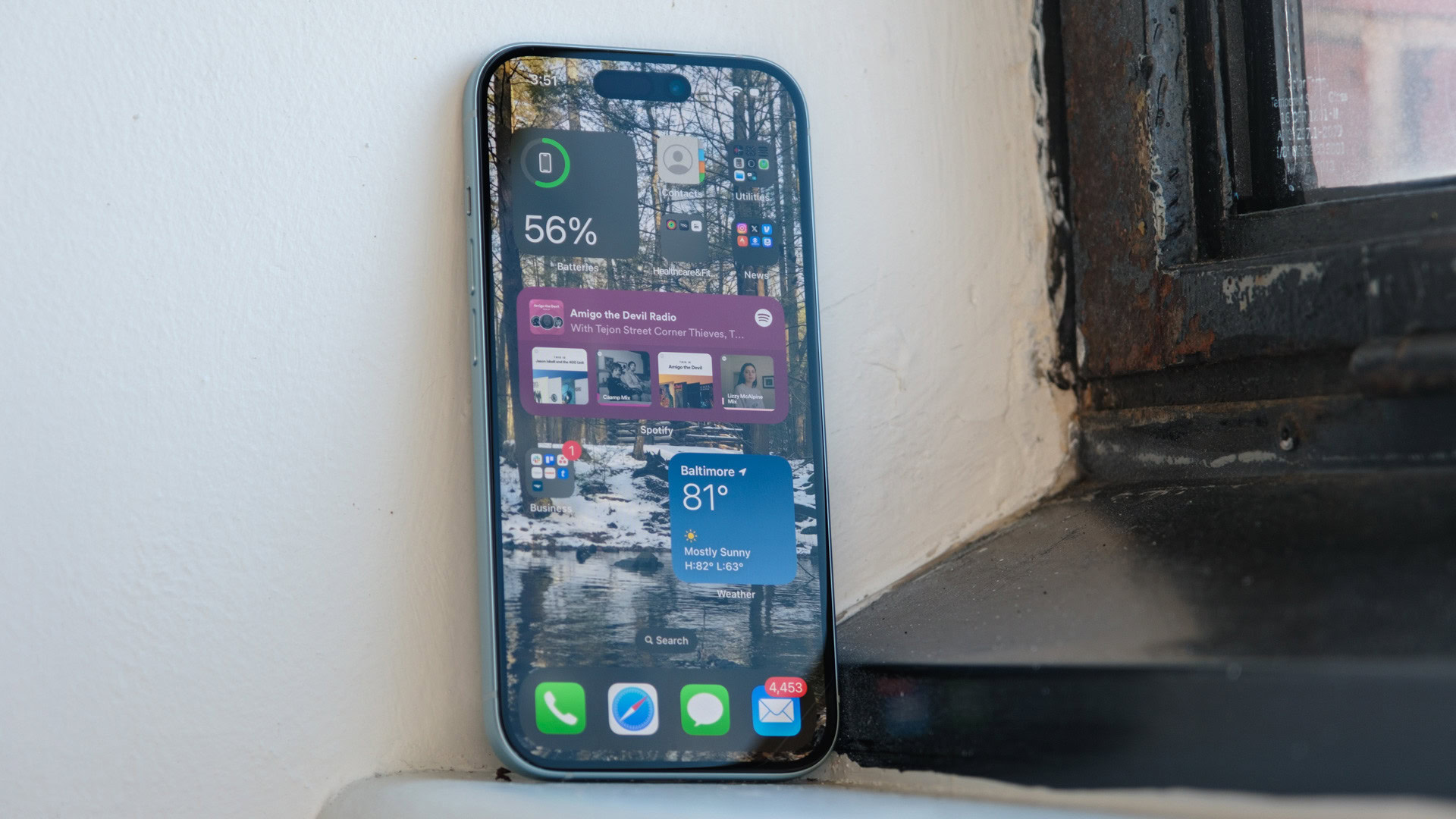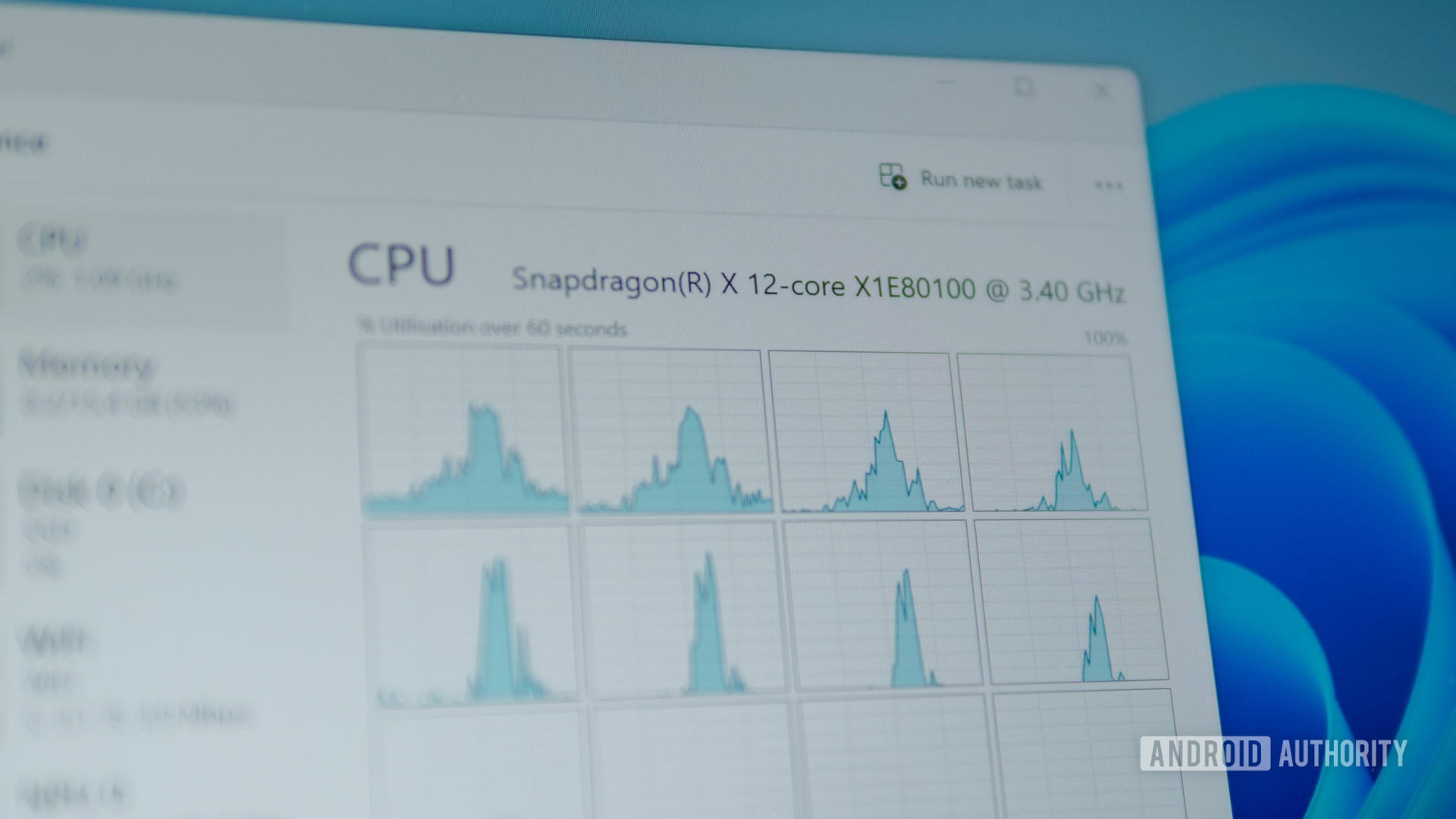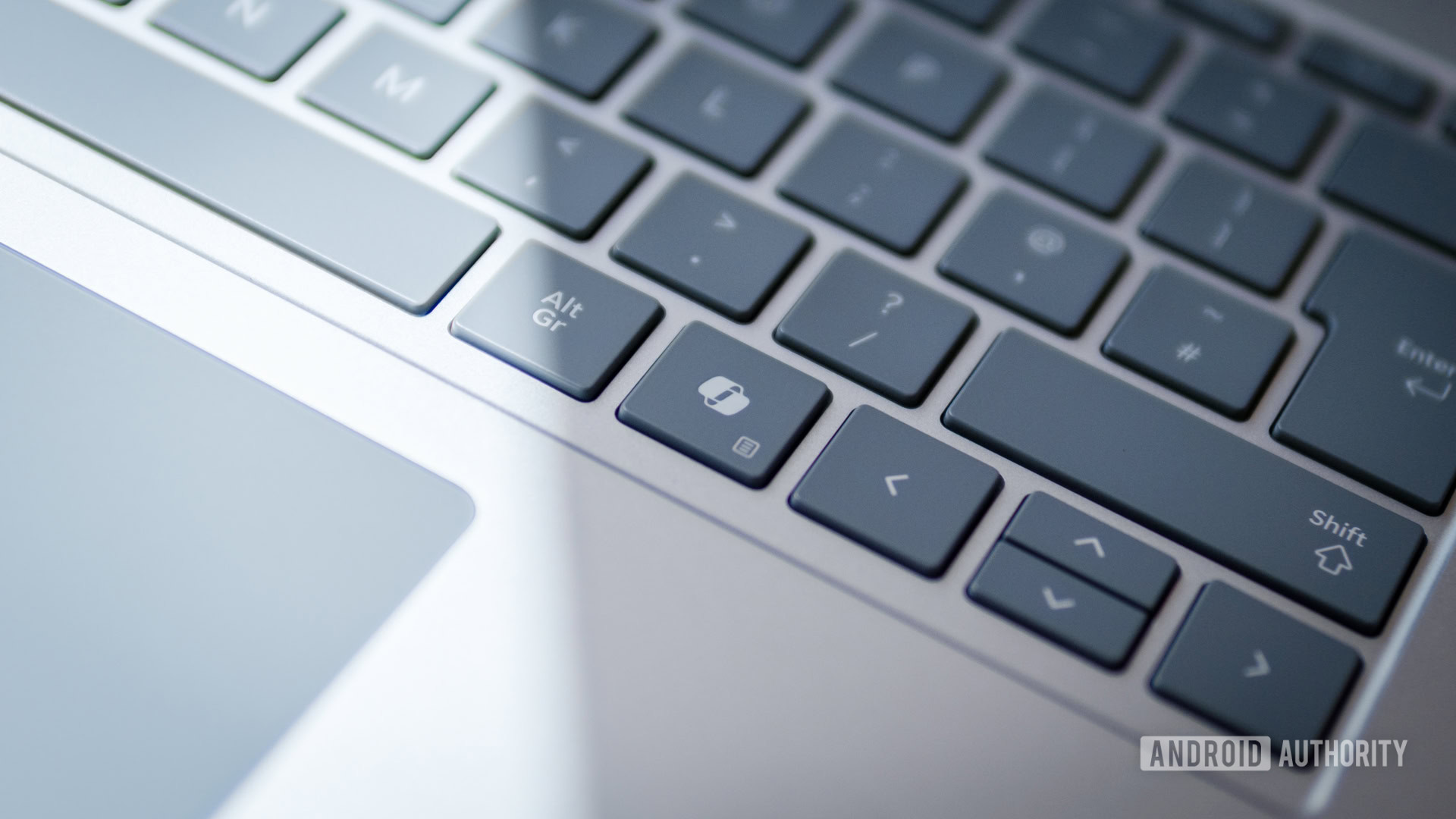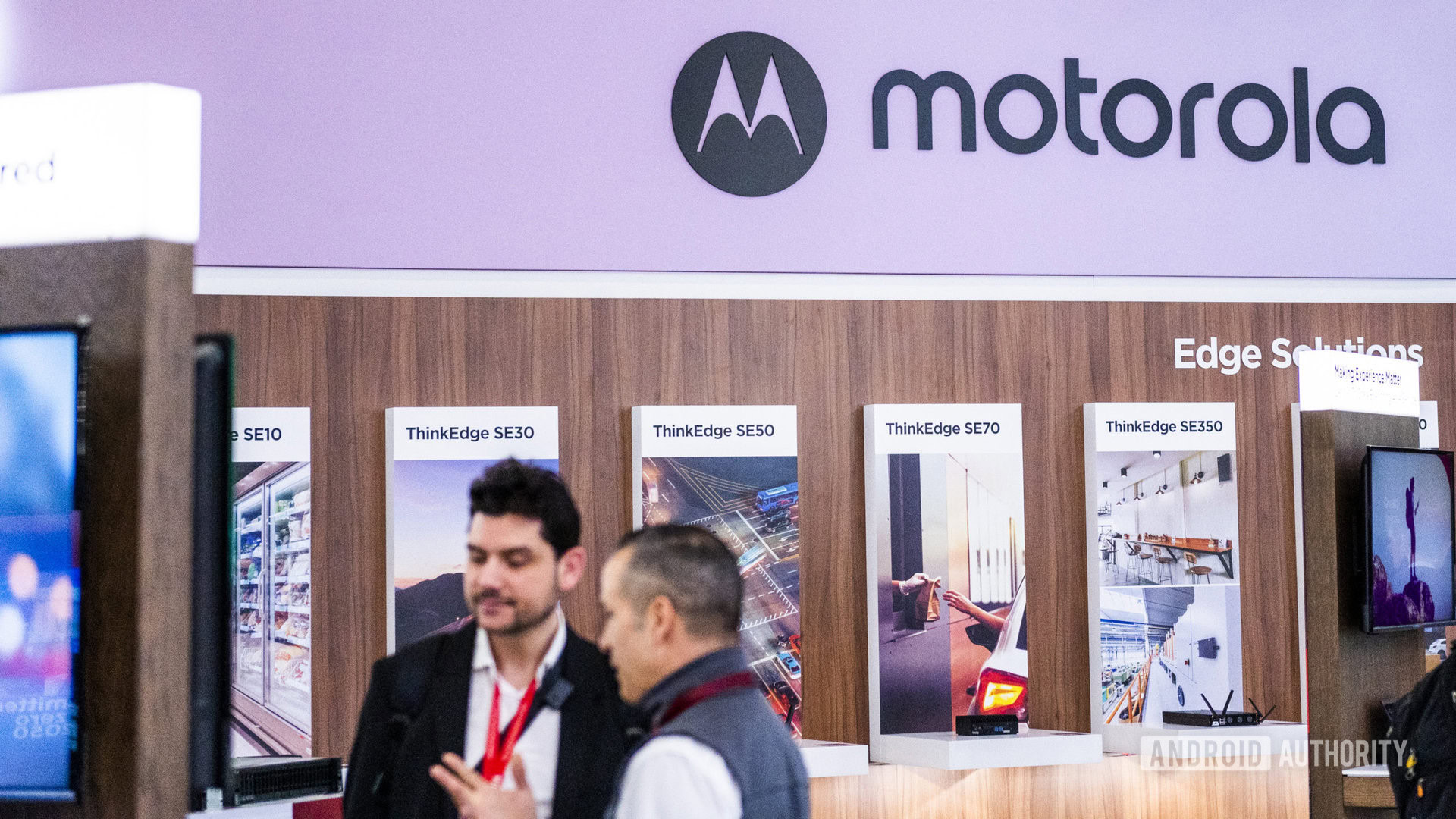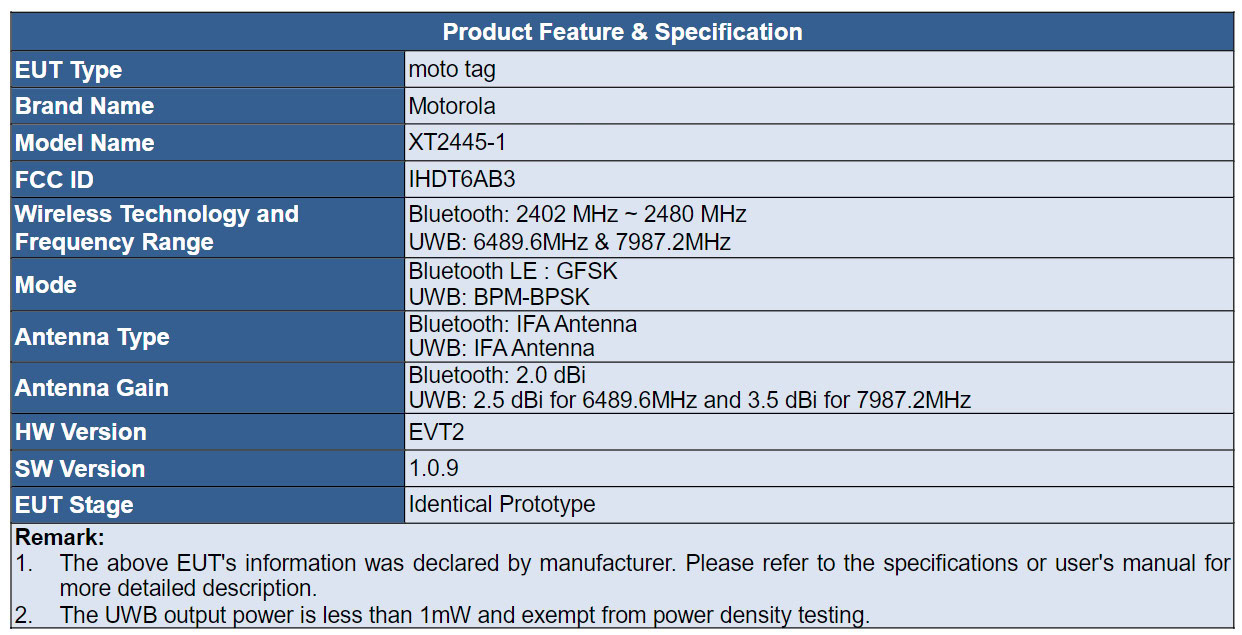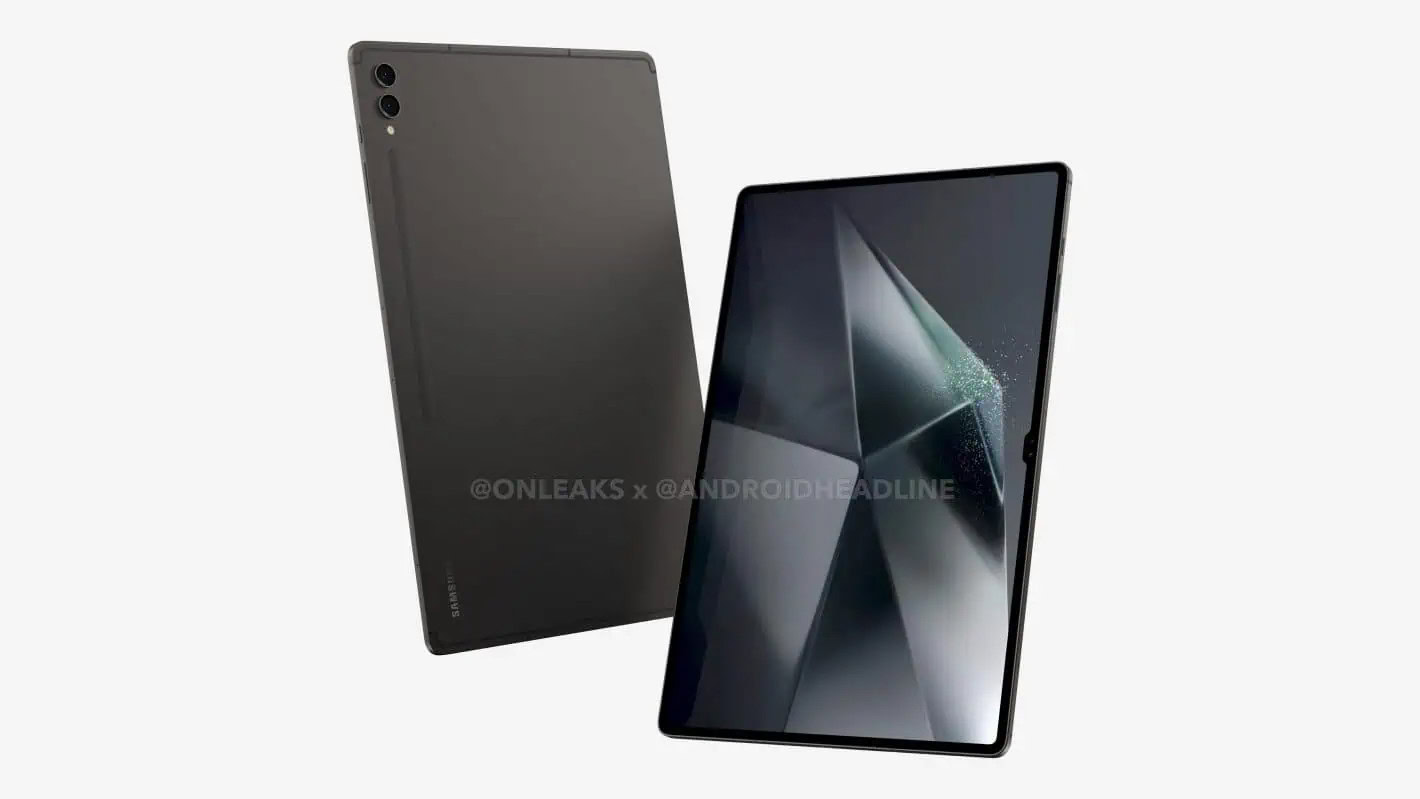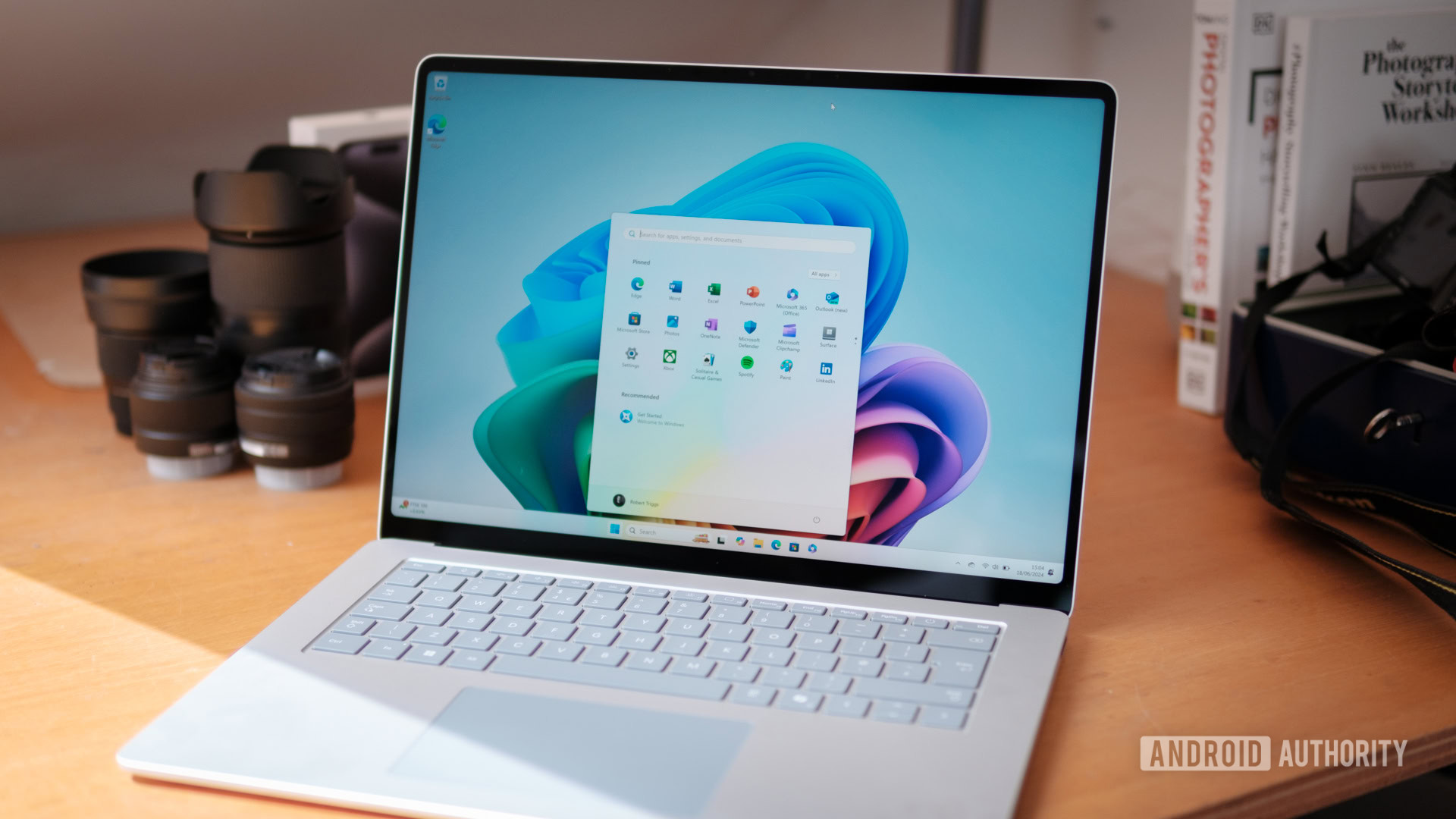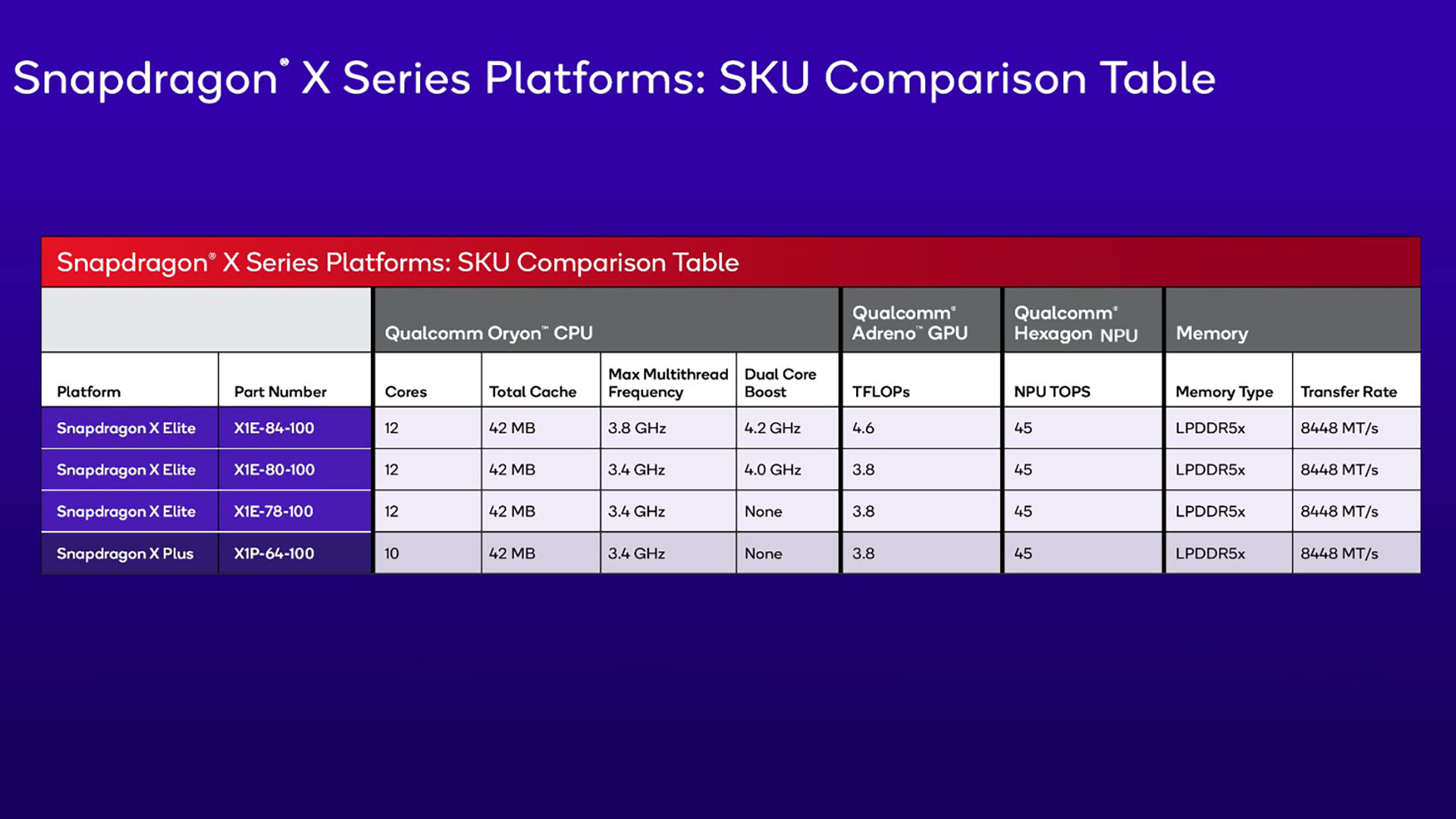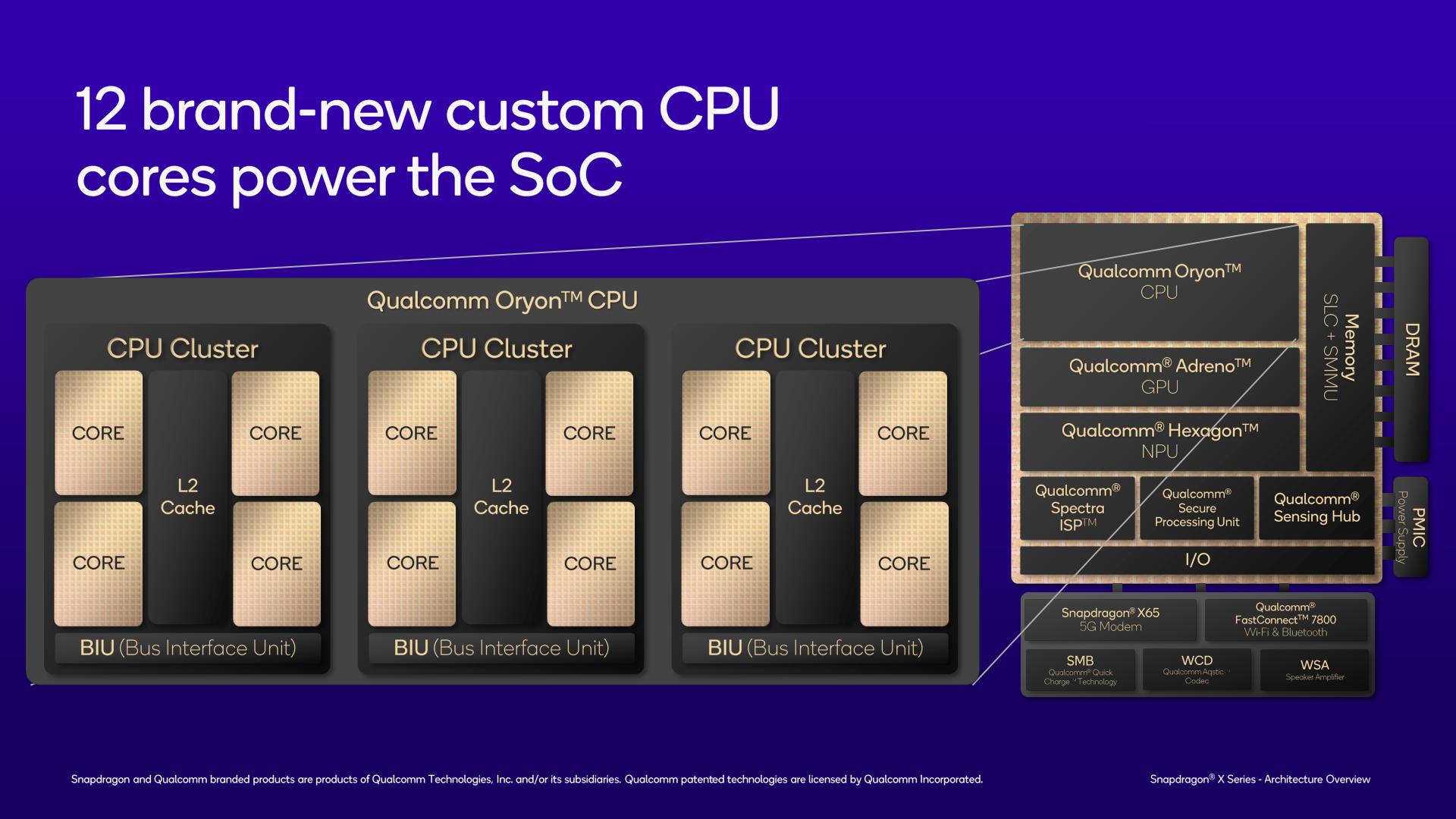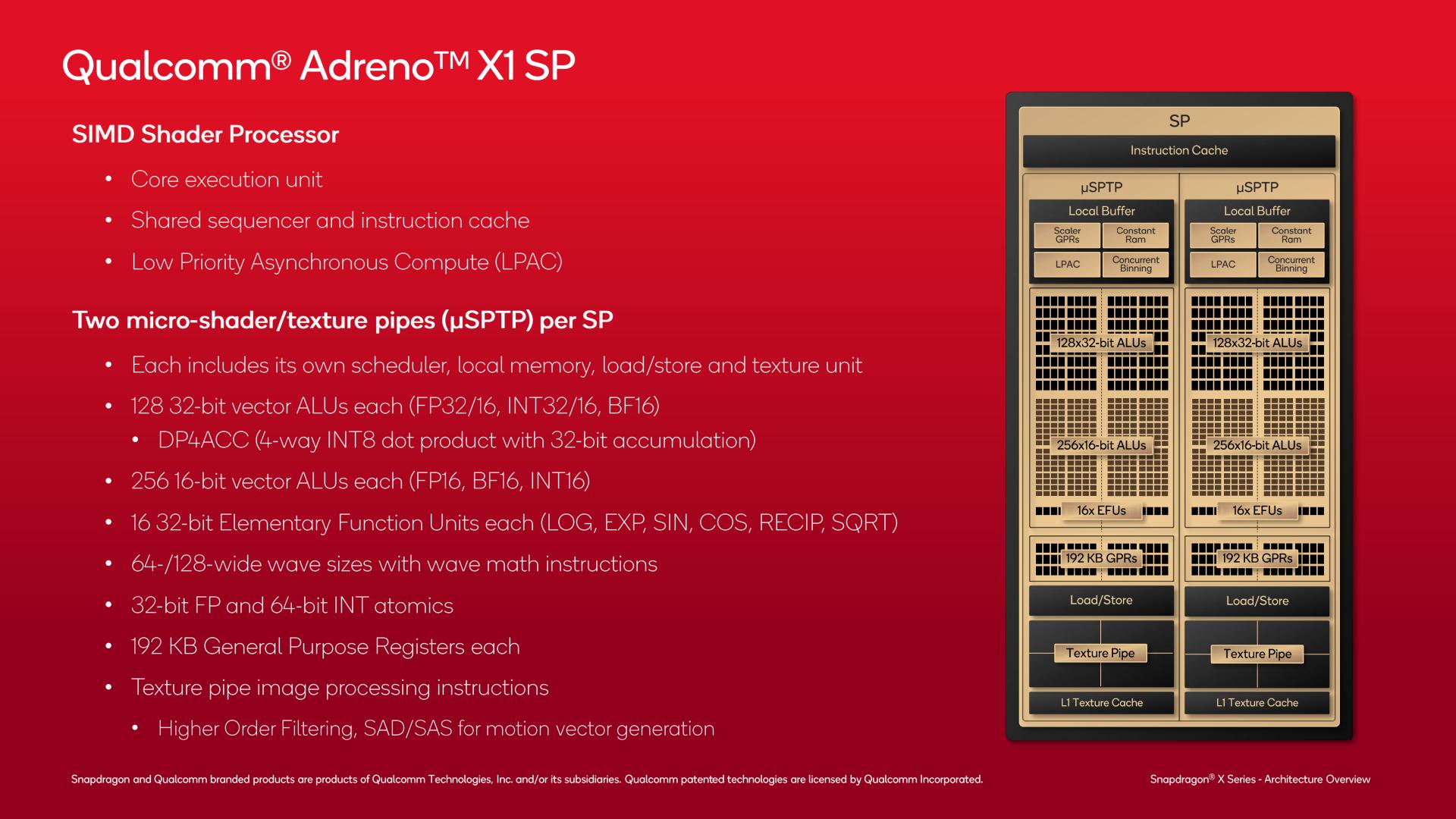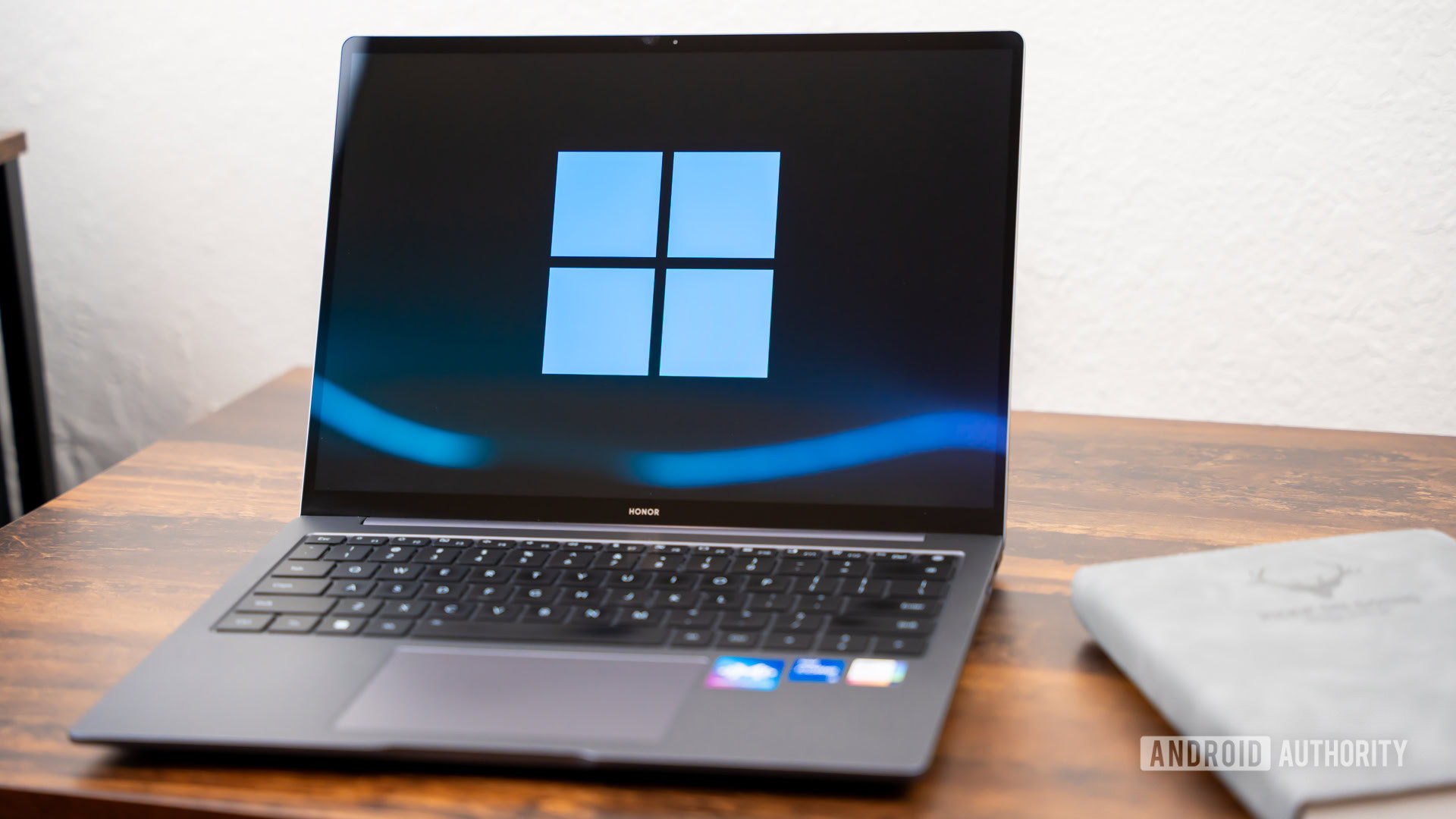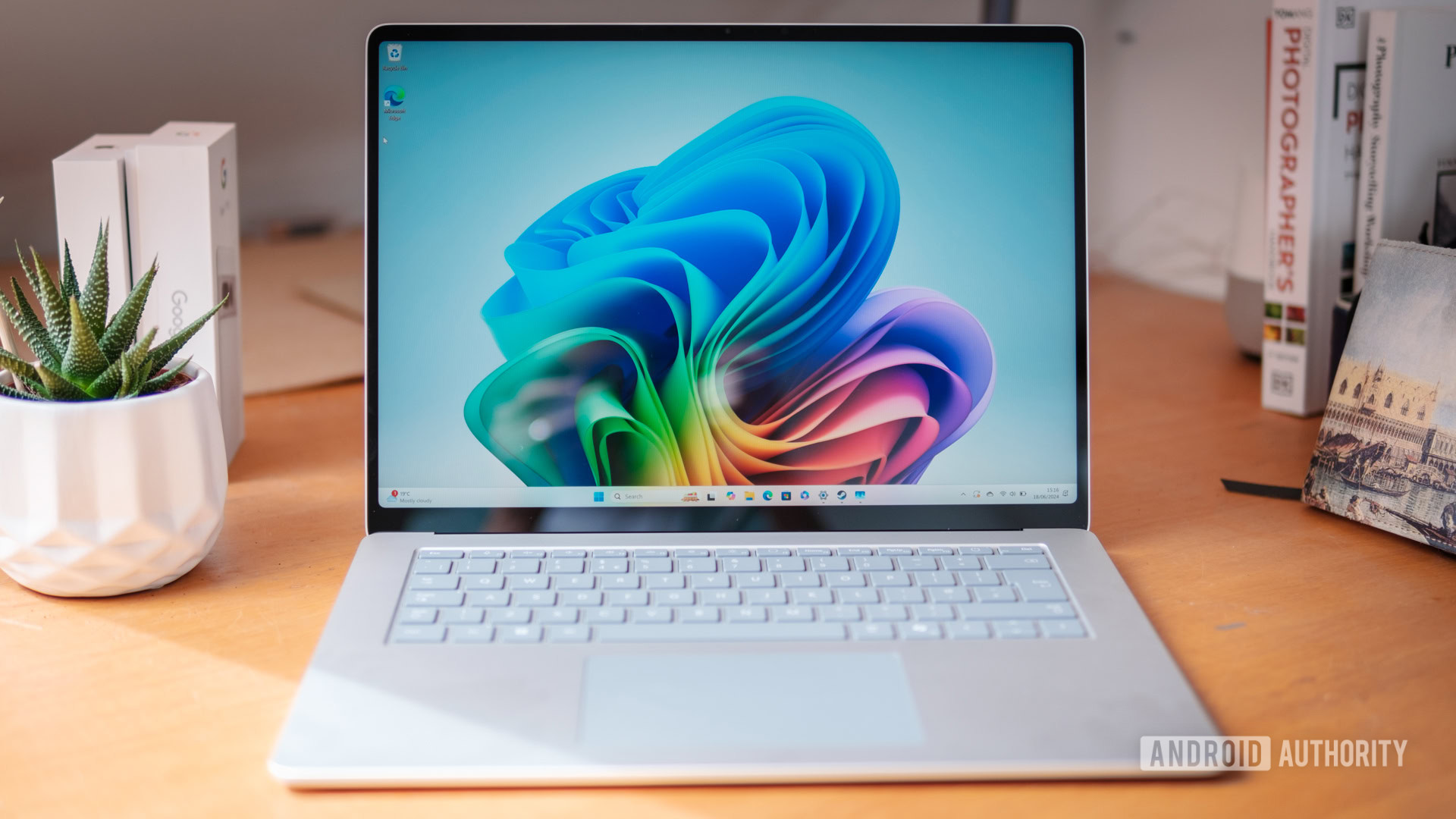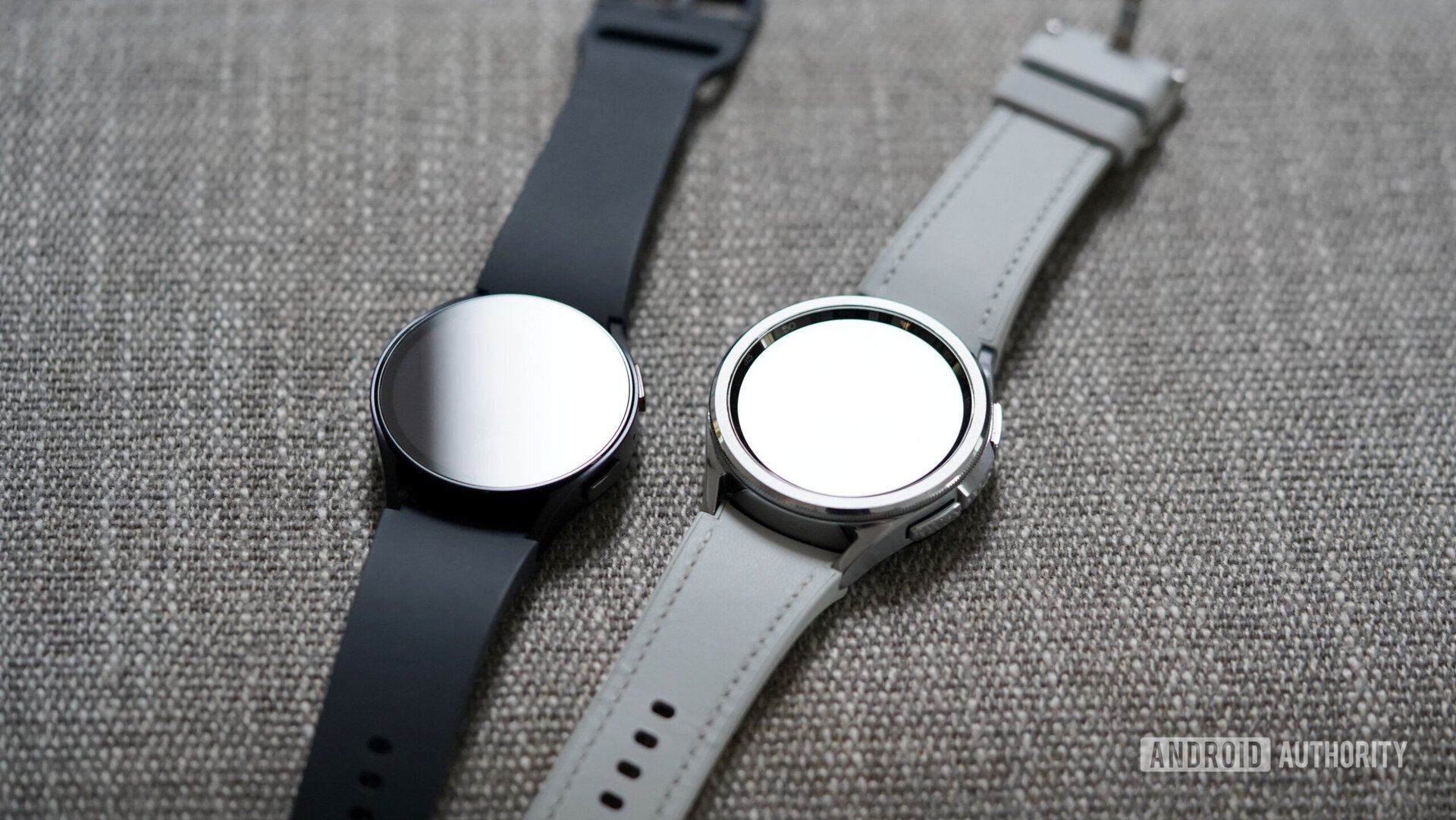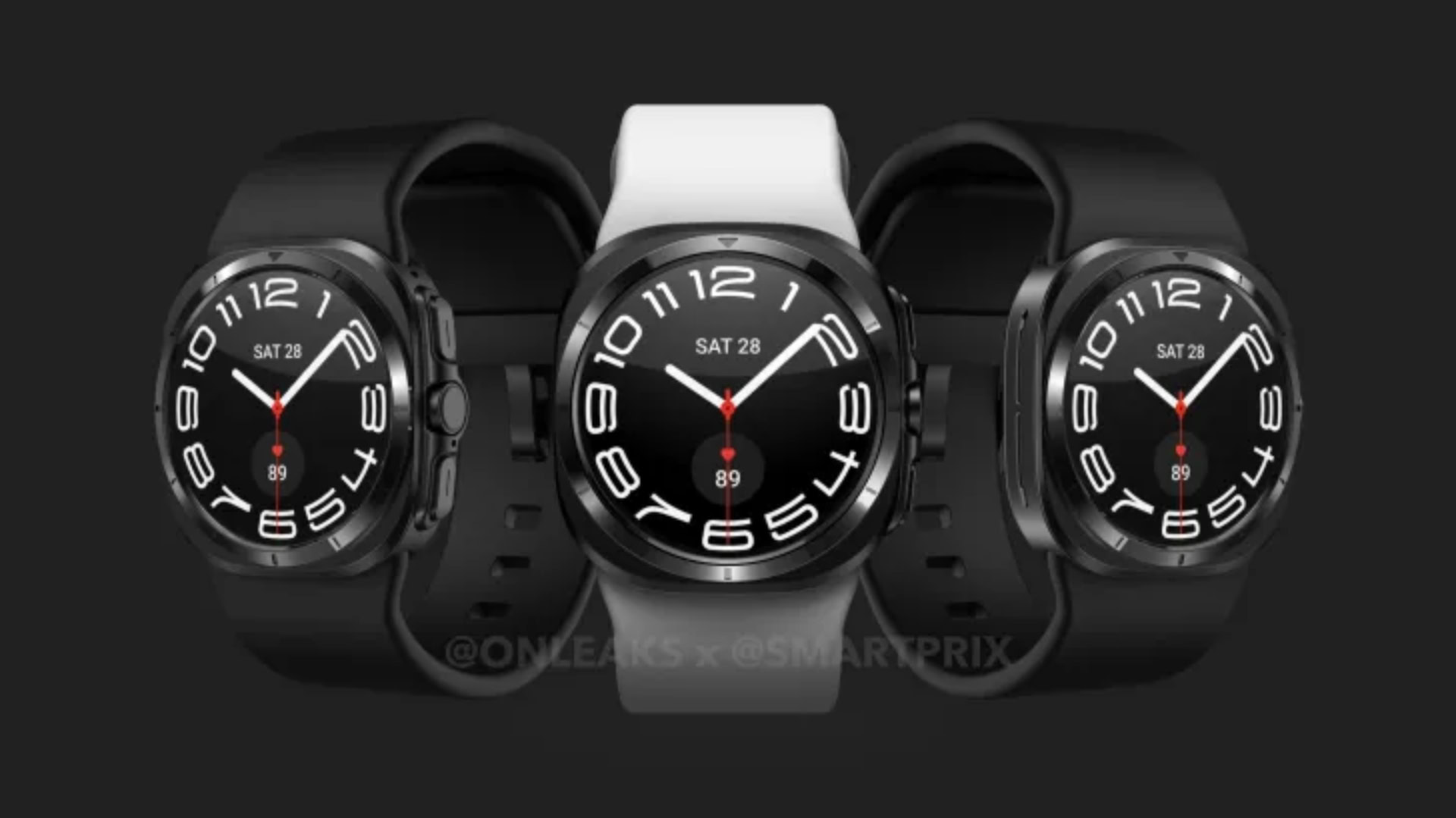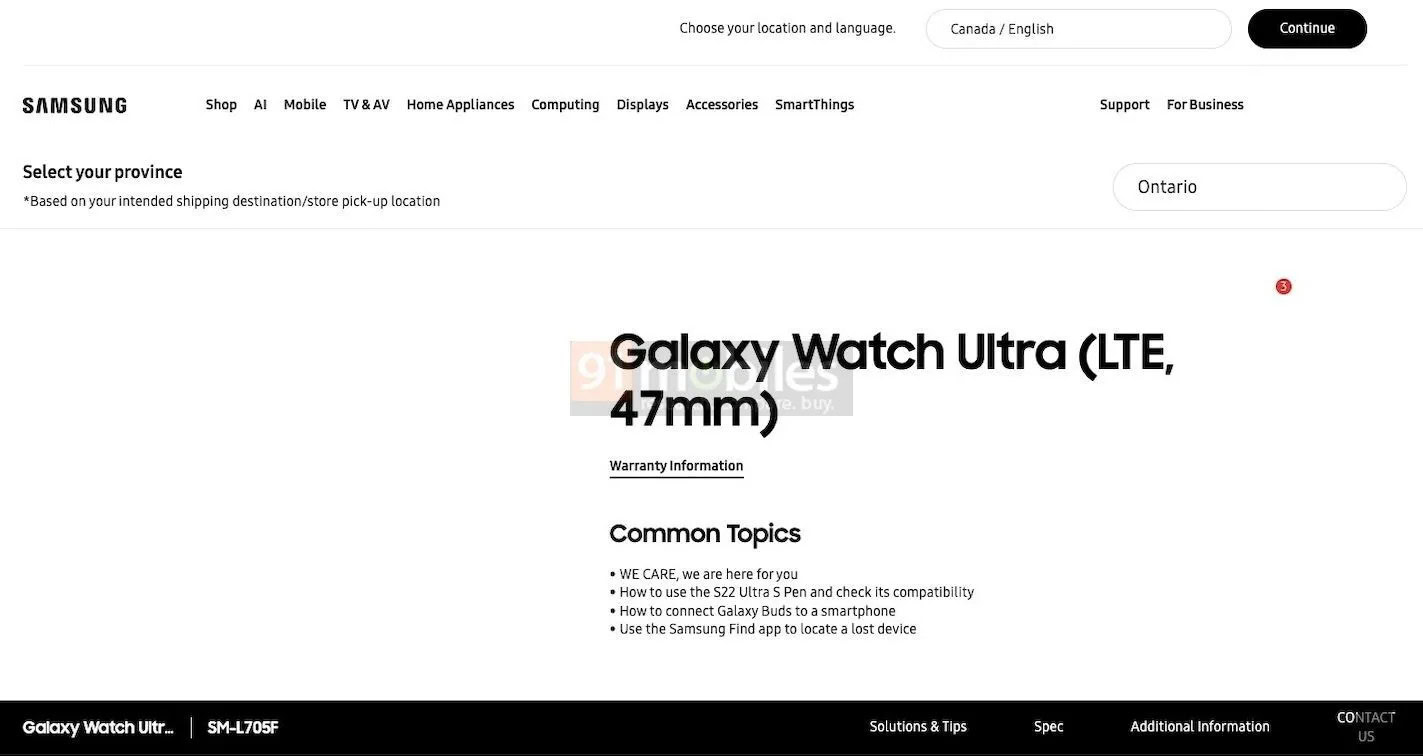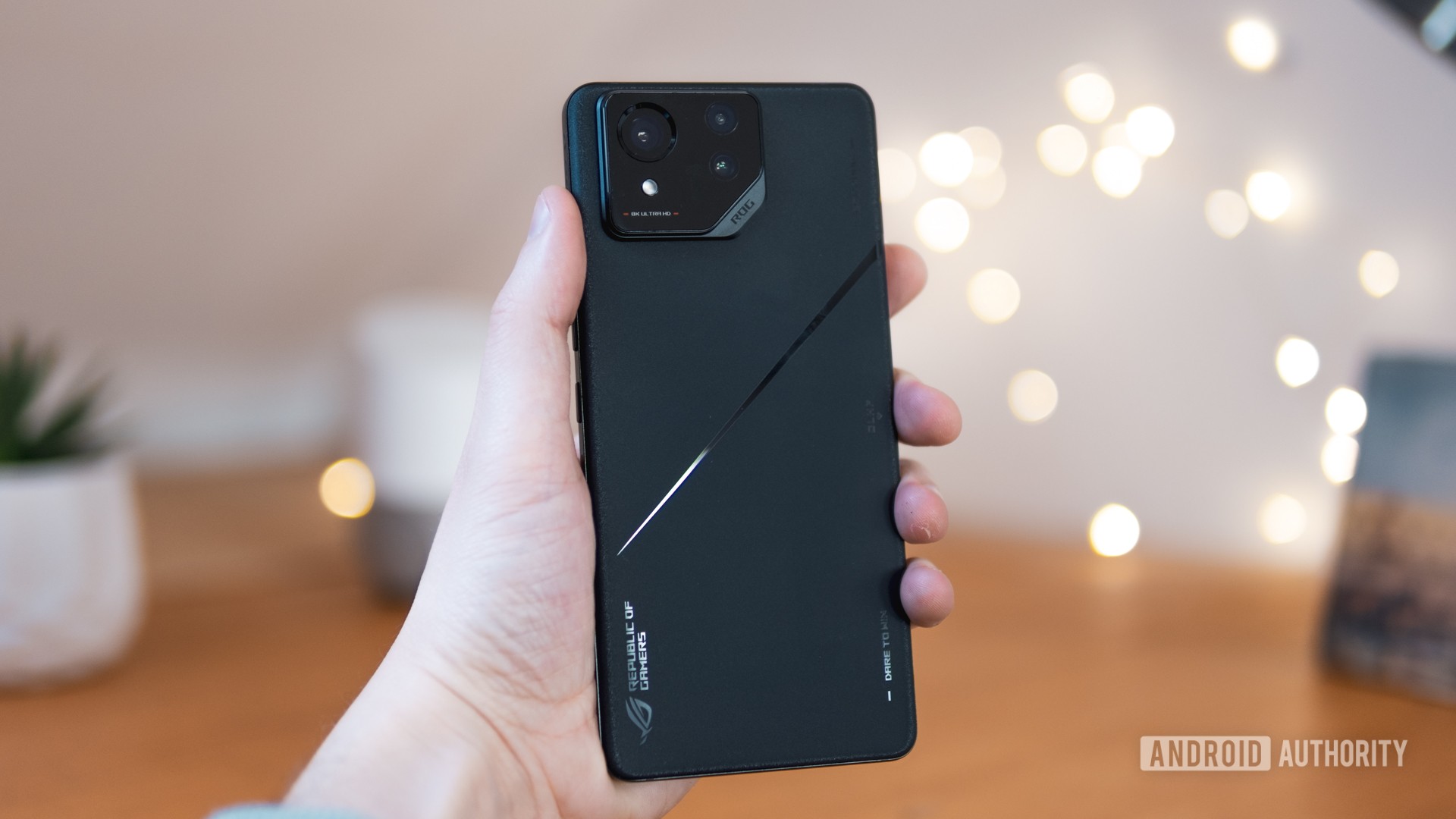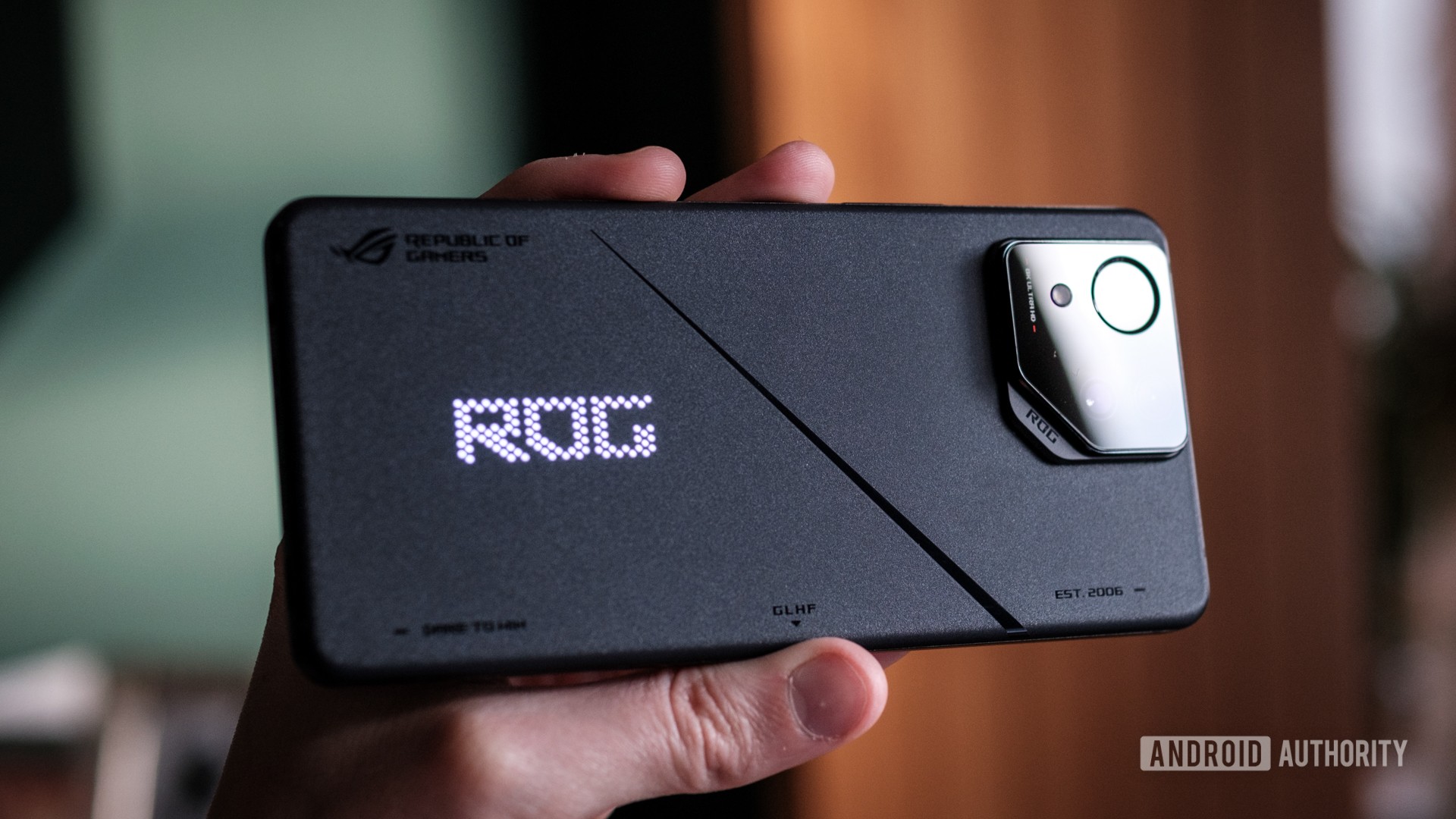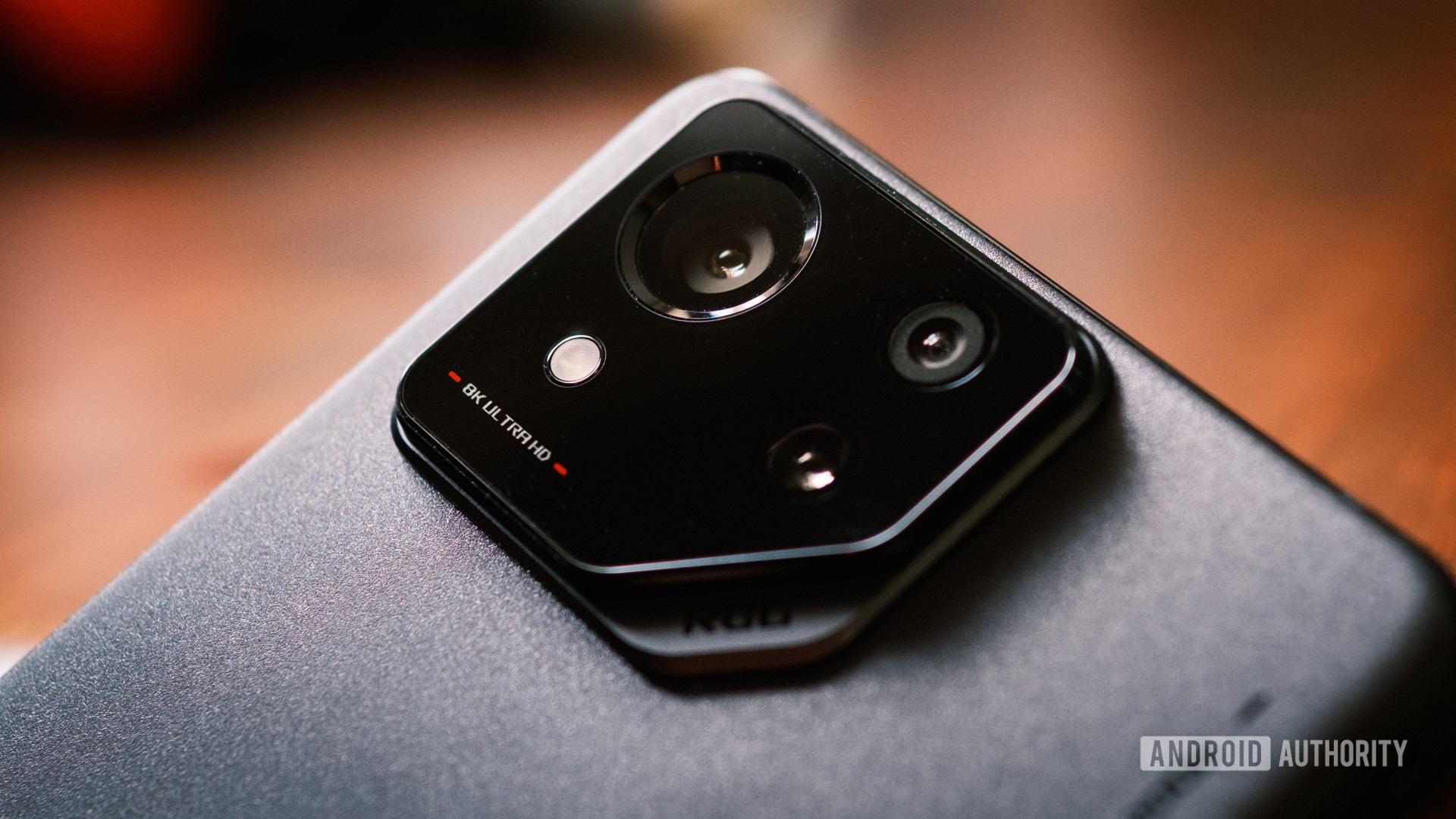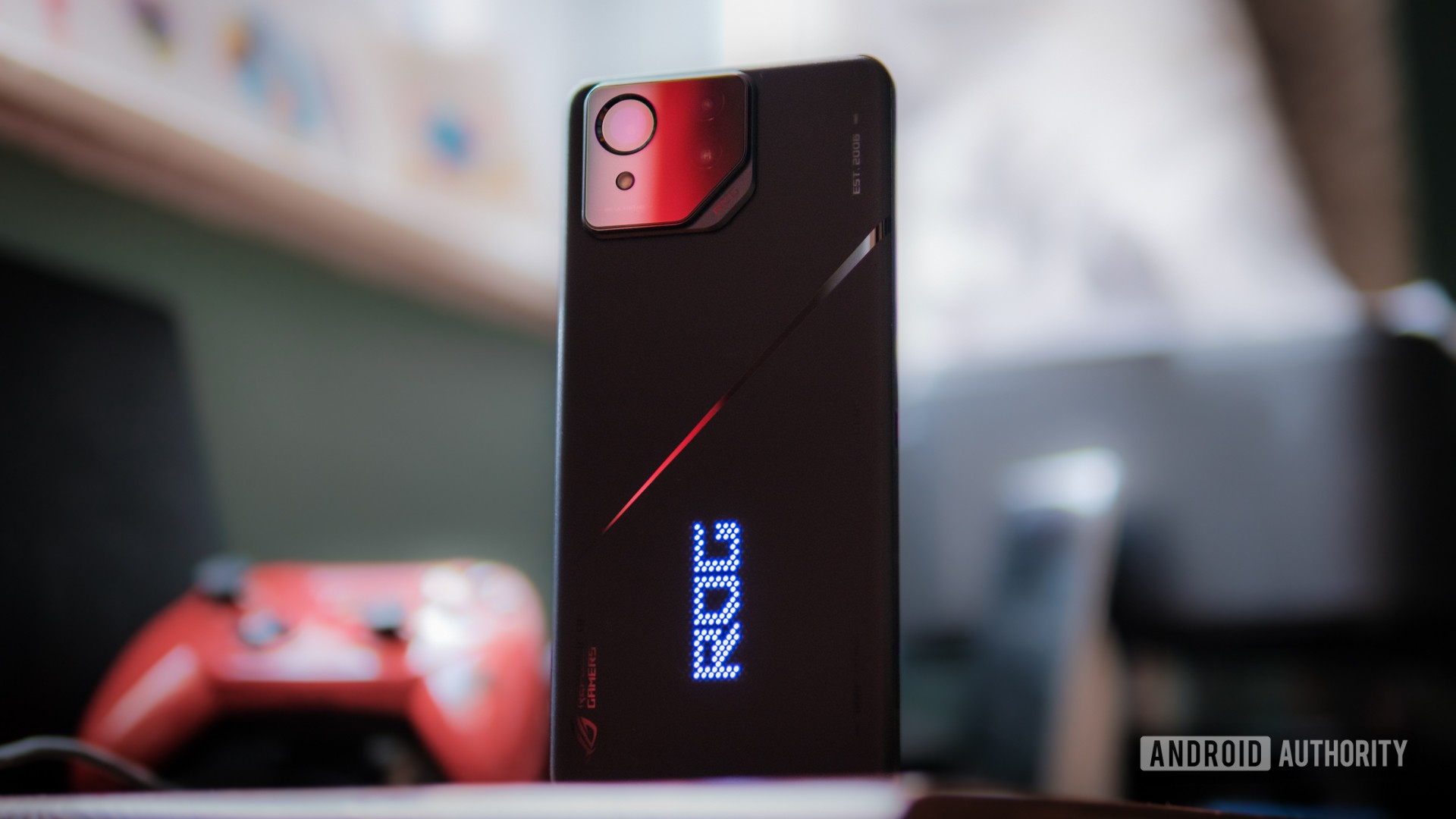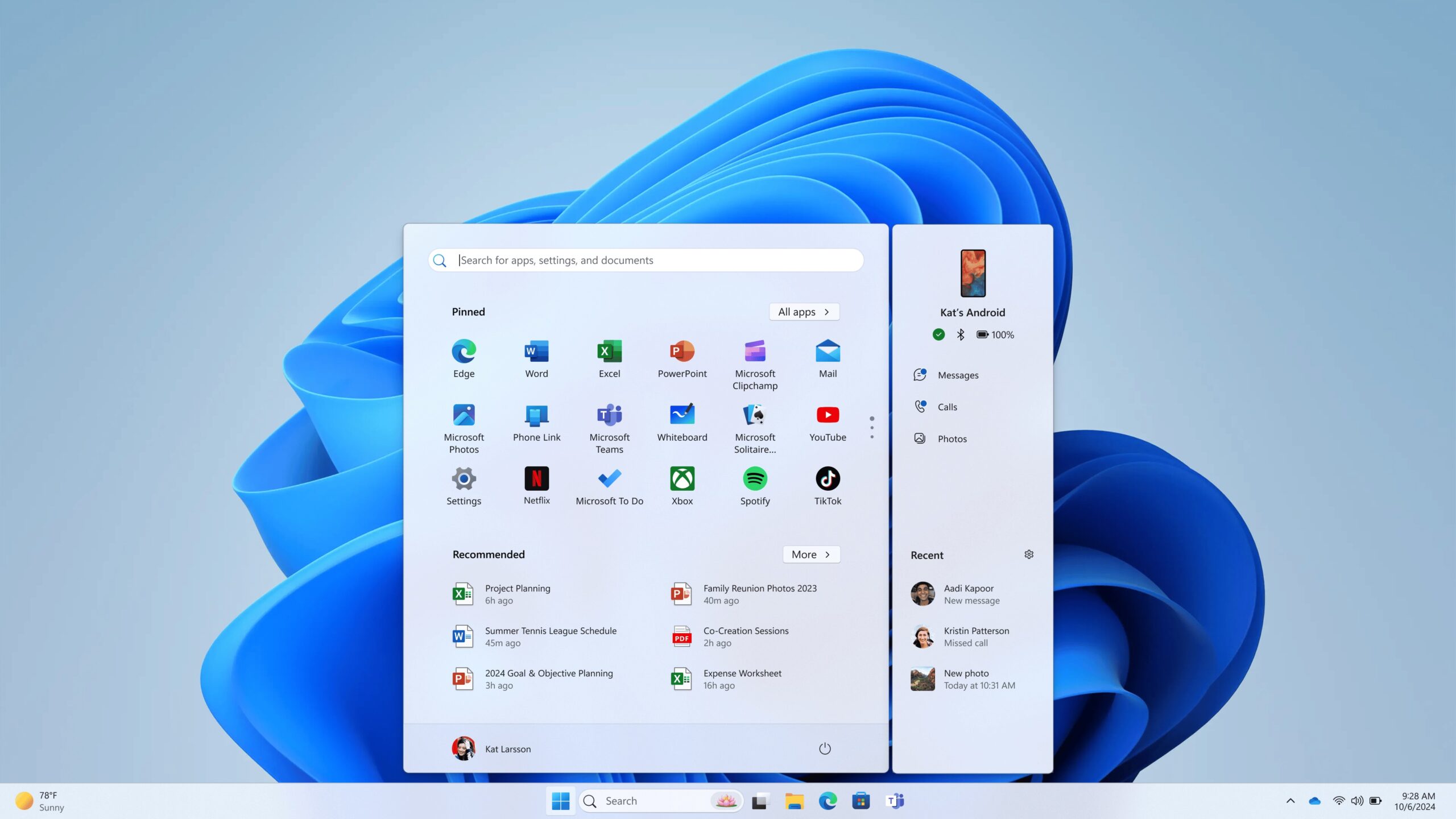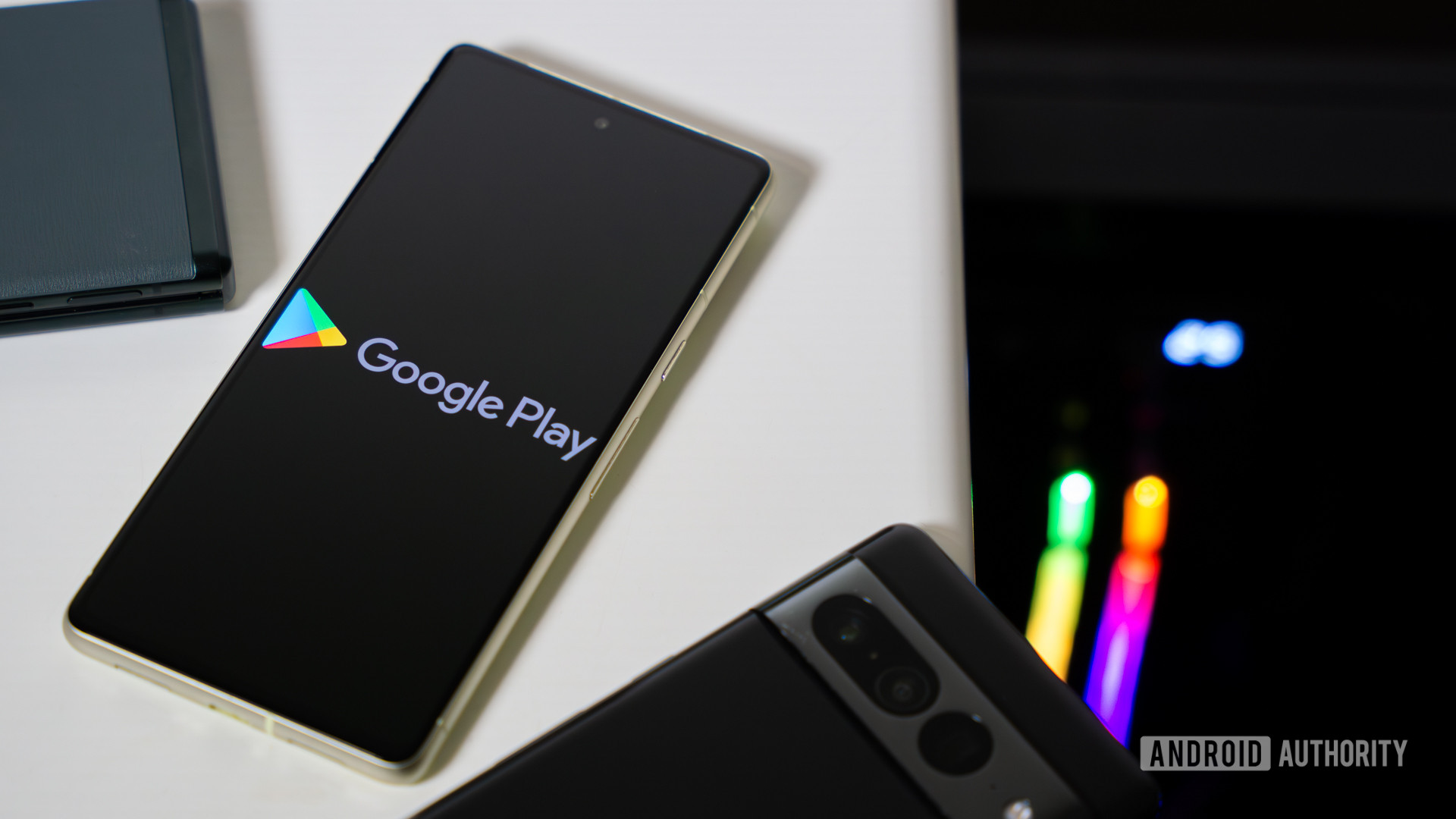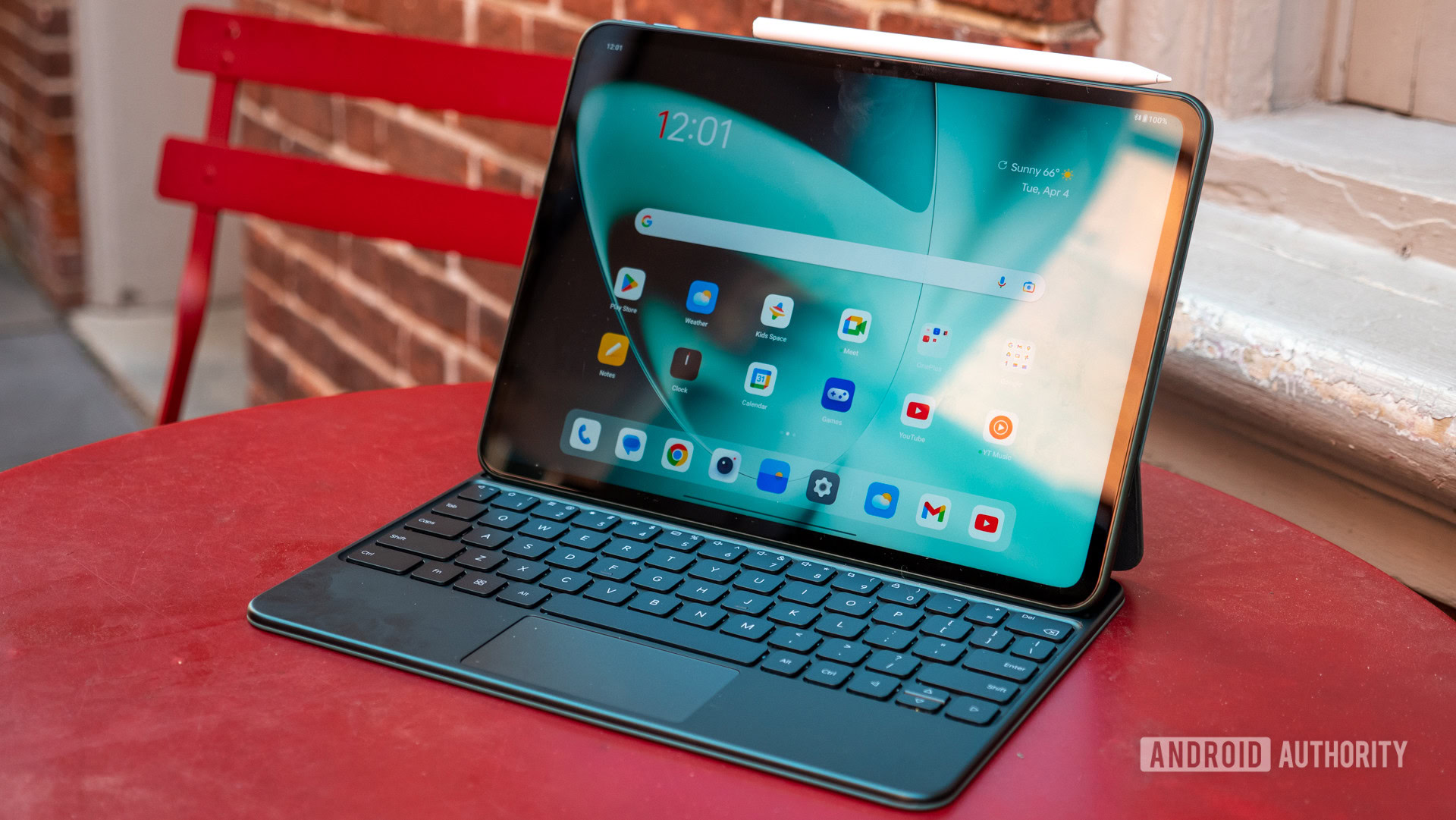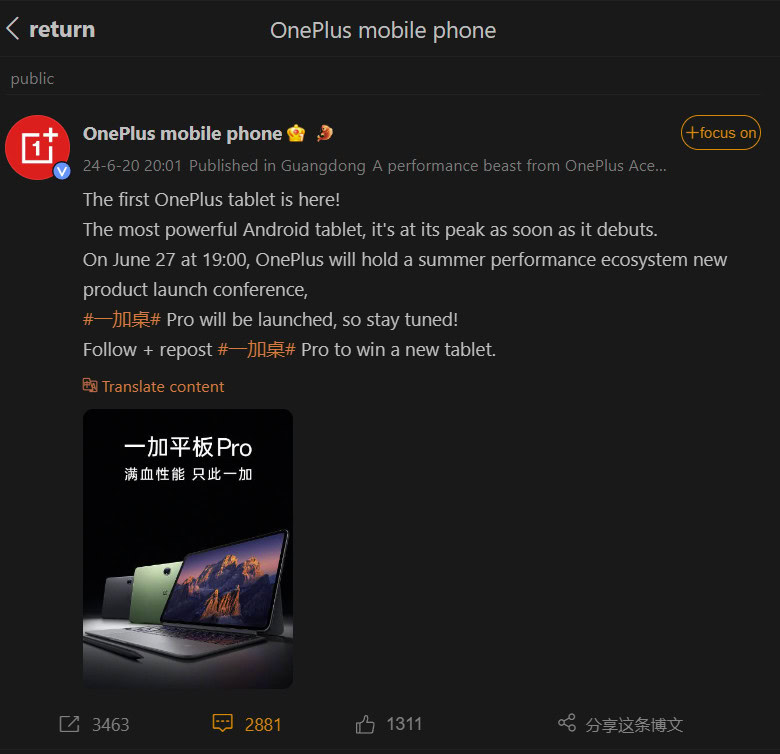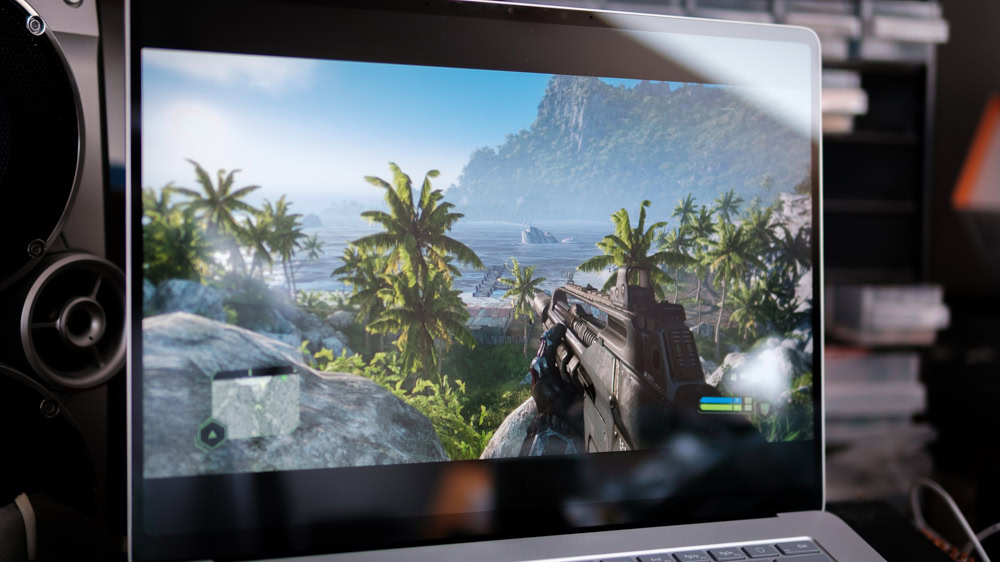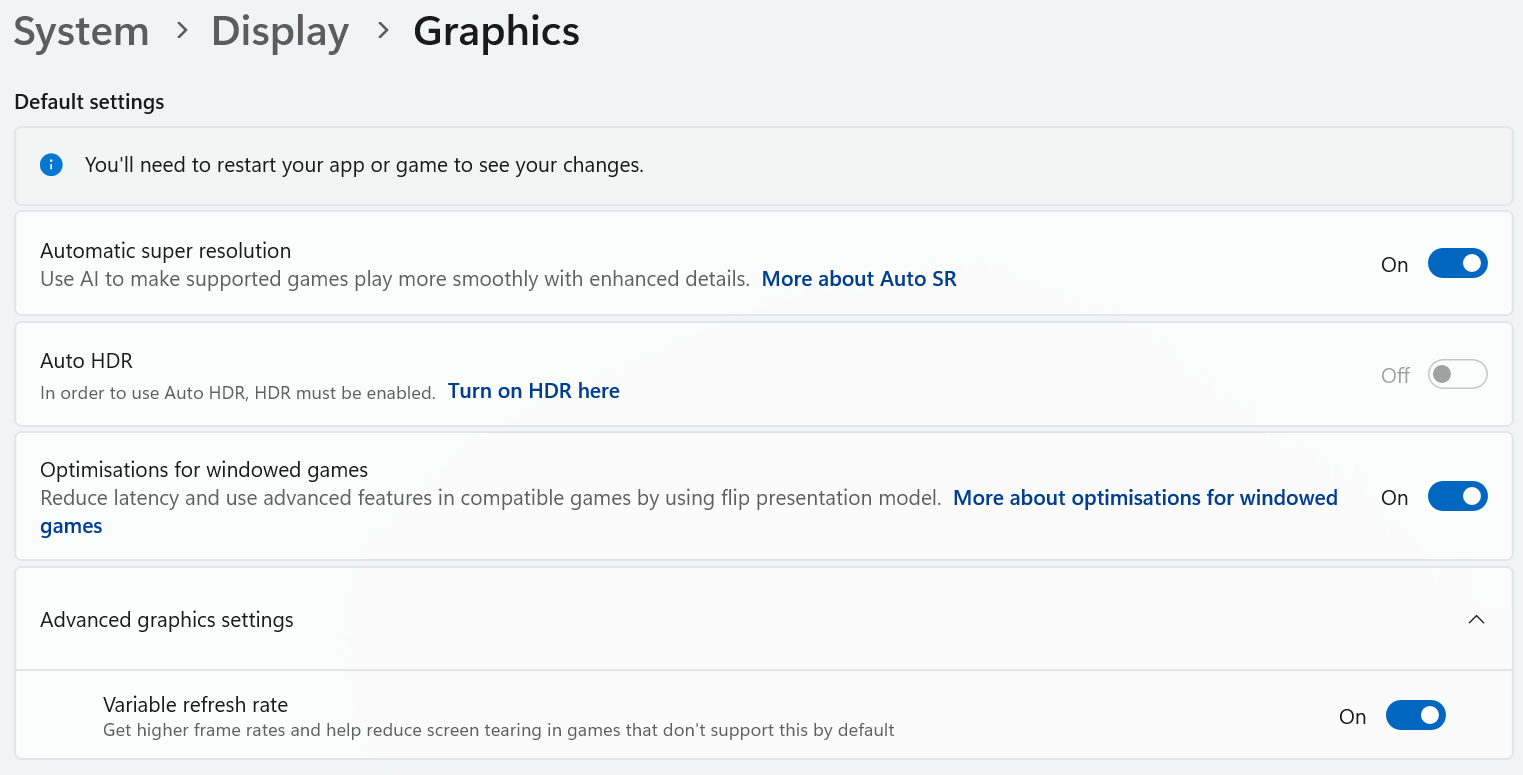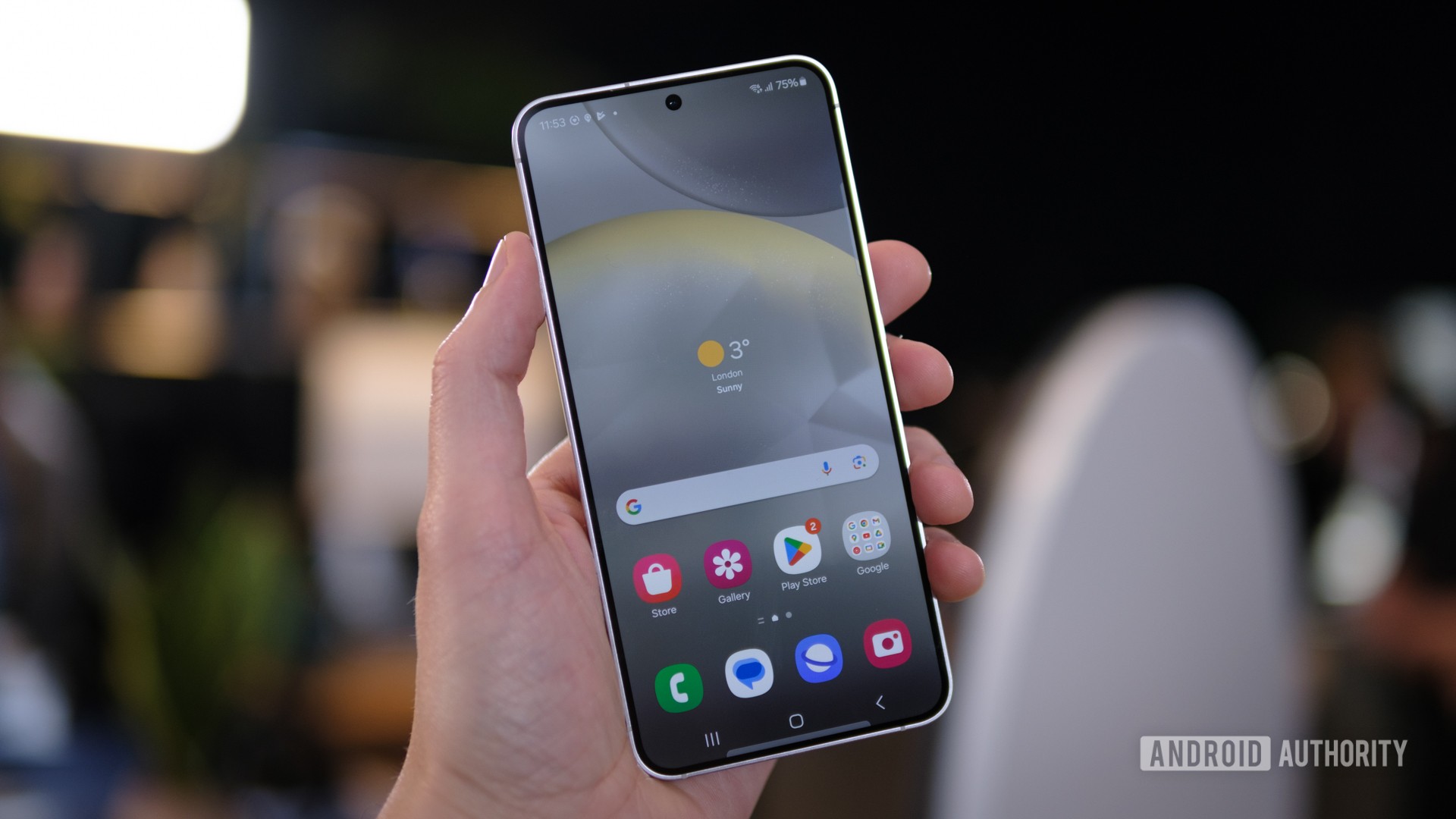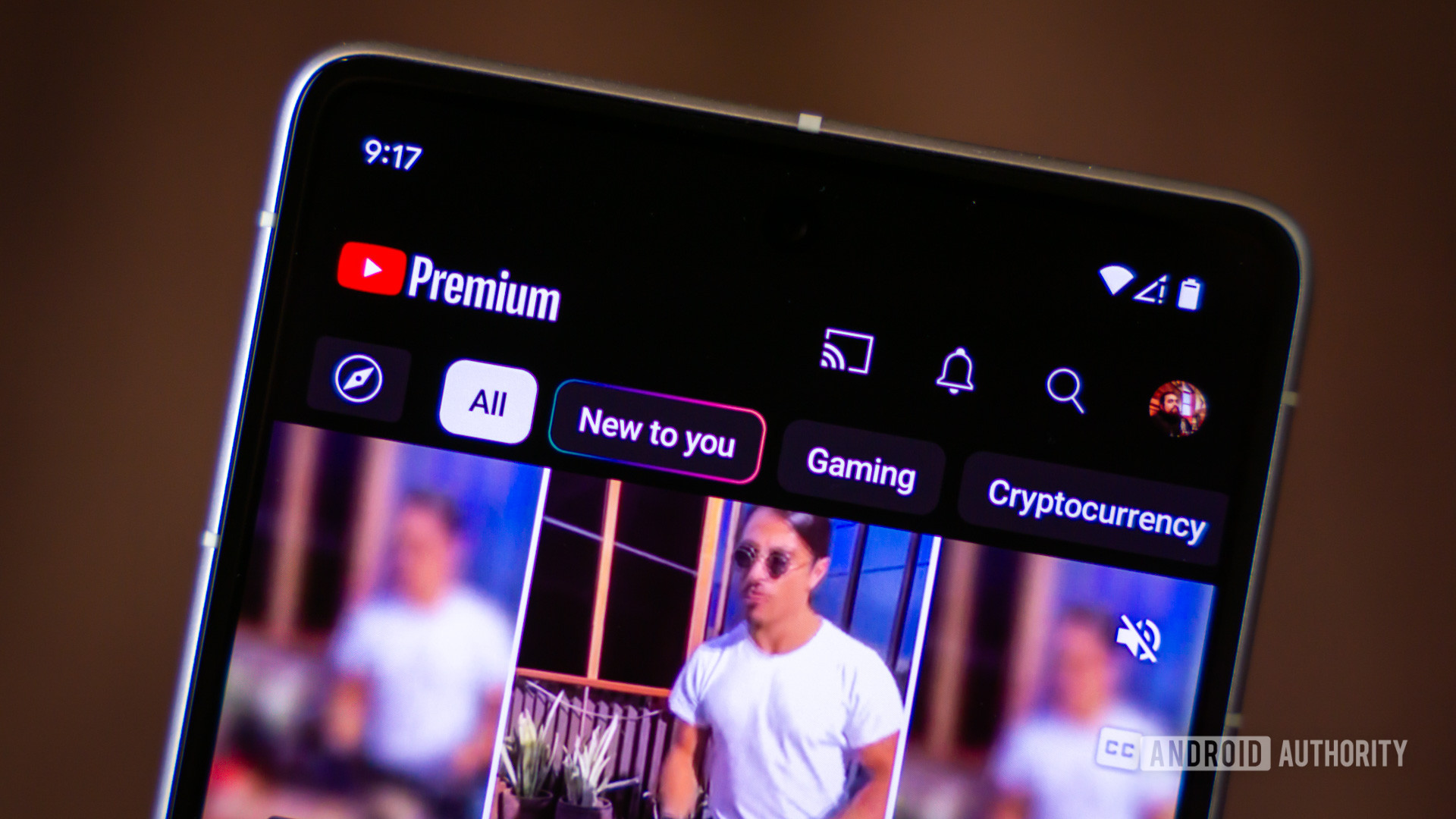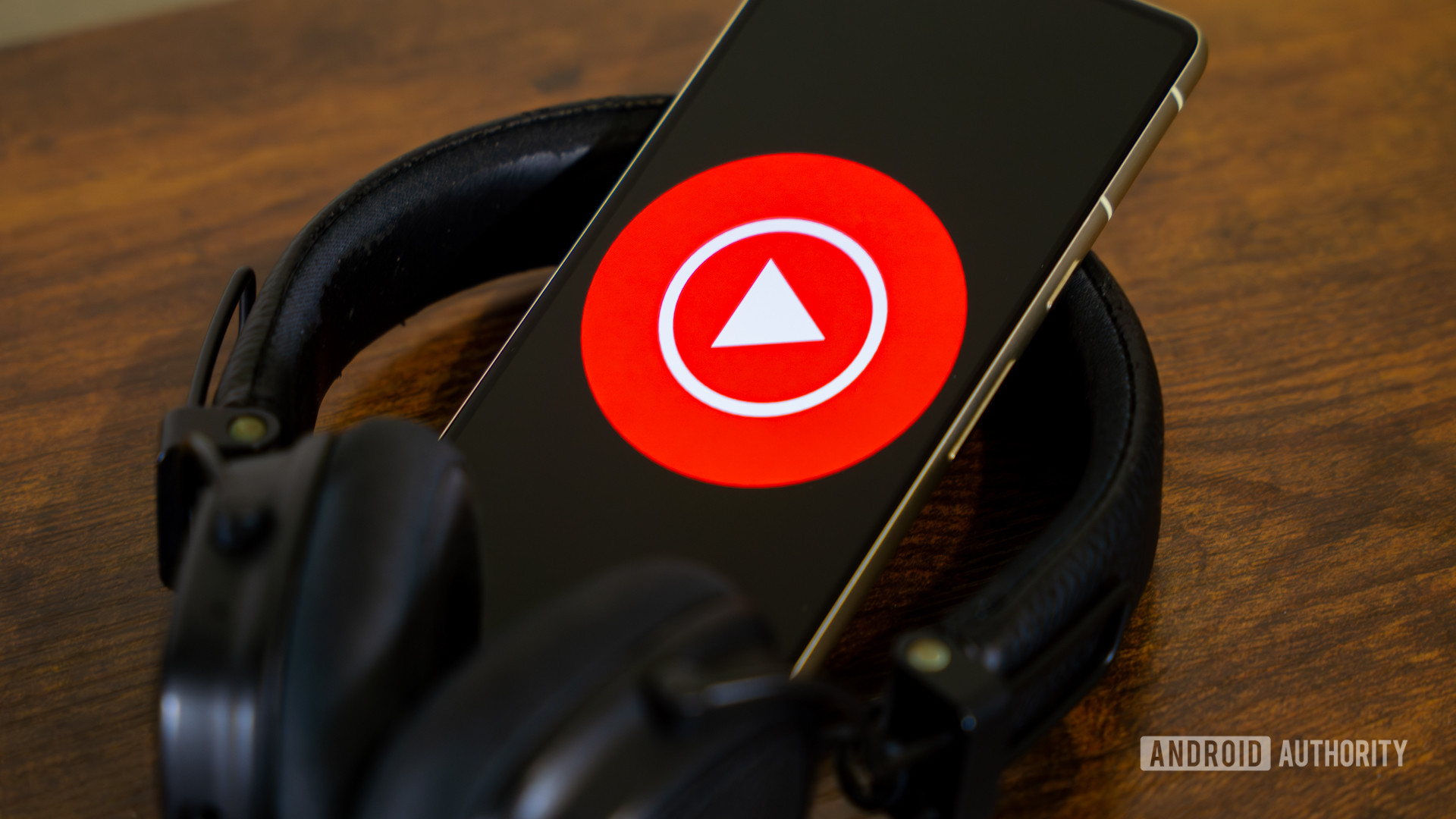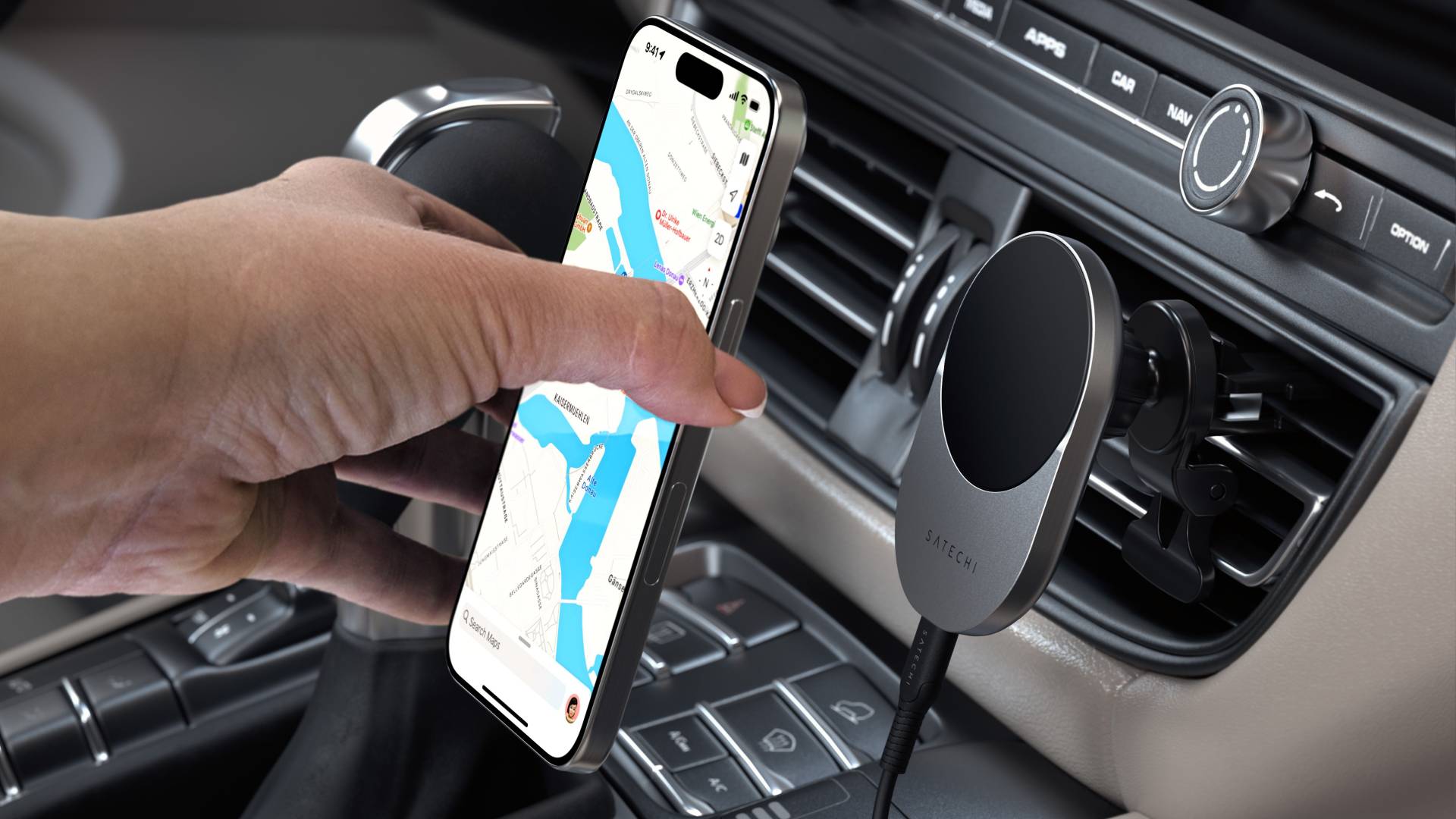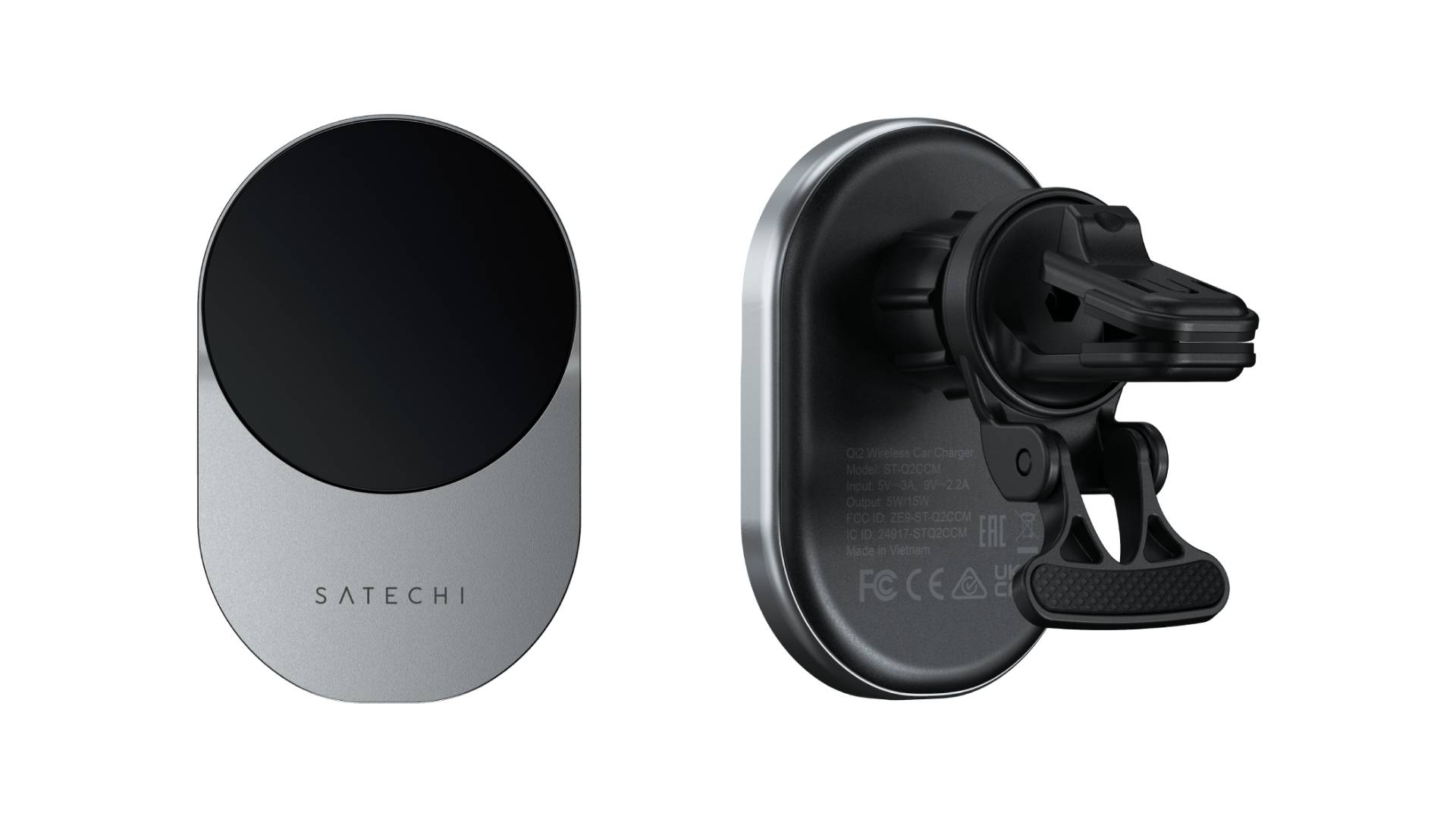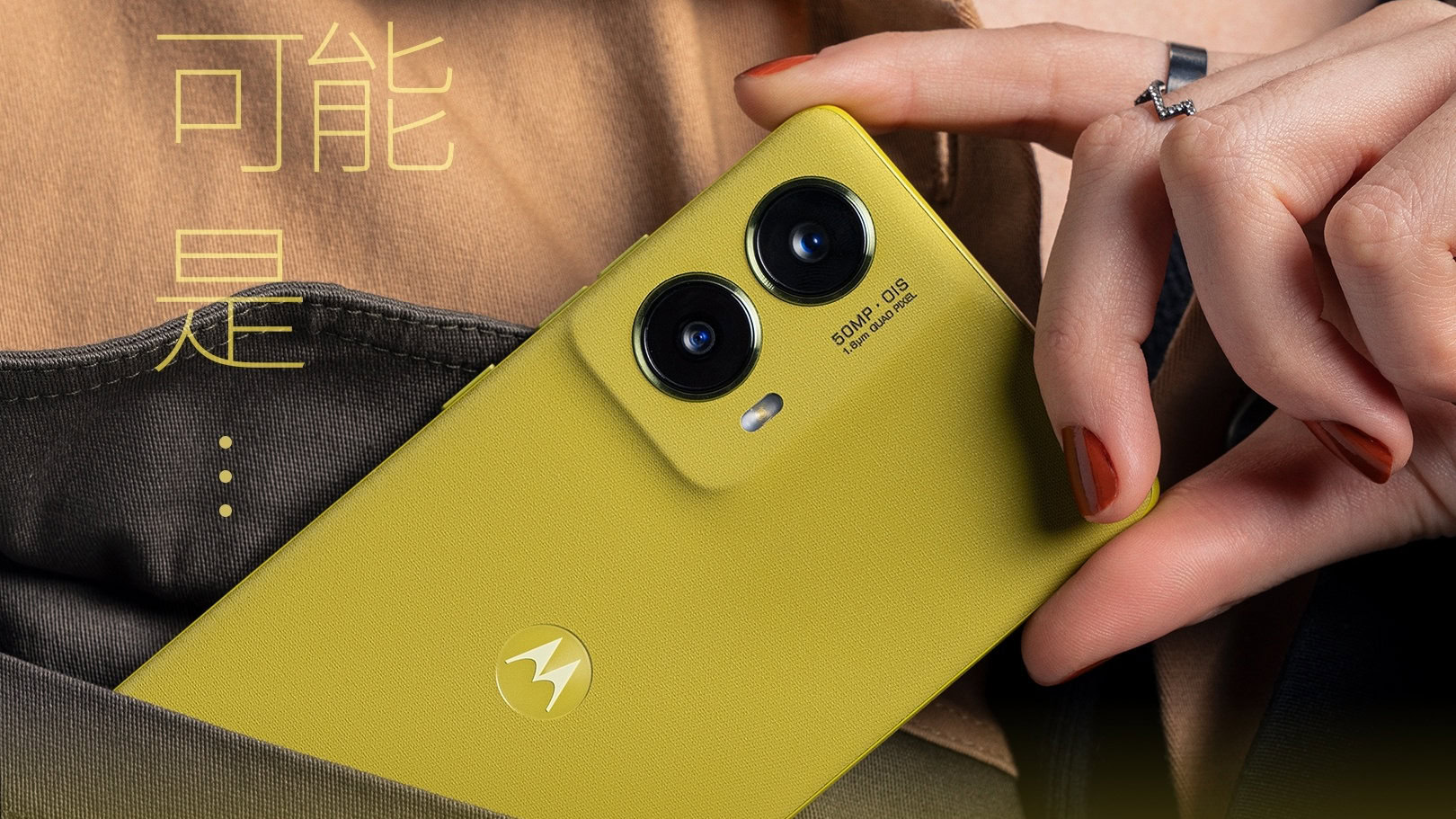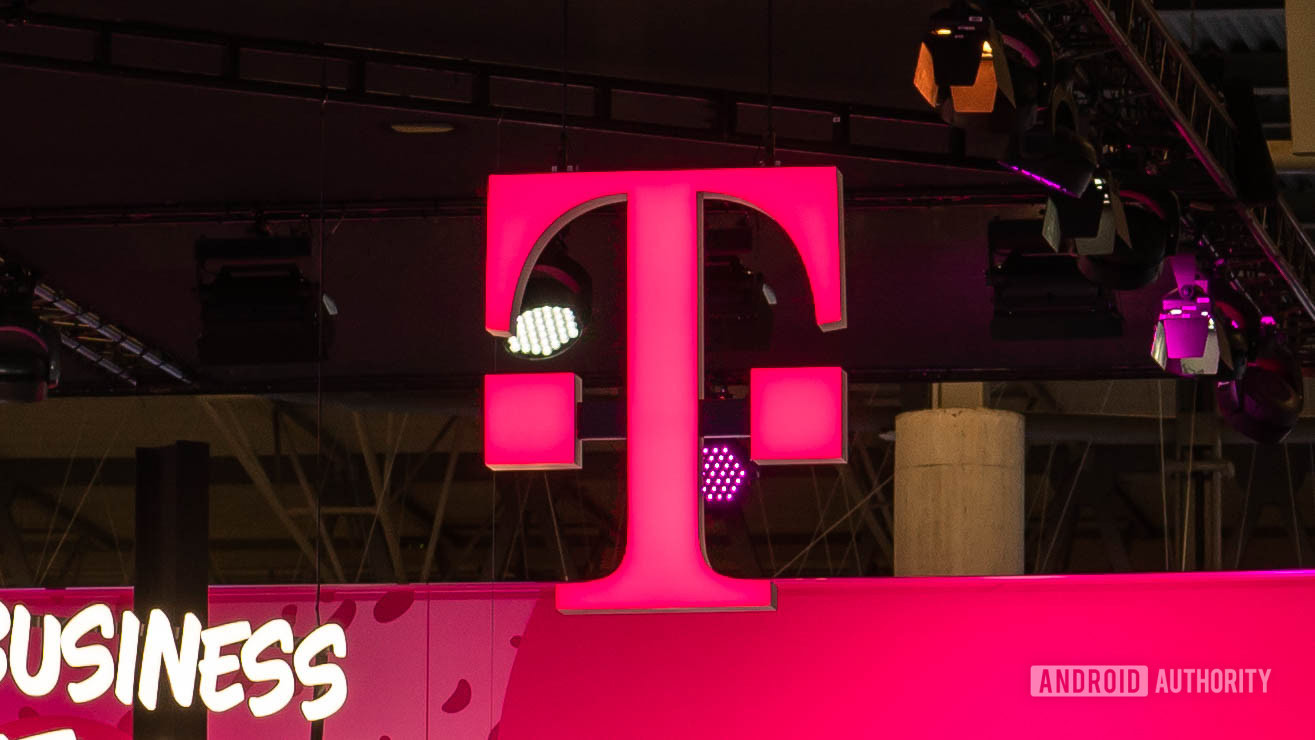Update: June 22, 2024 (4:00 AM ET): We’ve updated our Galaxy Watch 7 rumor hub with apparently leaked pricing, confirmation of the Galaxy Watch Ultra name, and more.
Original article: The Samsung Galaxy Watch 6 is easily one of the best smartwatches you can buy, though it’s not a dramatic improvement from its predecessor. We’re eagerly awaiting the release of the next iteration of Samsung’s smartwatches in the form of the Galaxy Watch 7 series, and we hope to see a lot more dramatic changes that catch it up to the competition, like the OnePlus Watch 2 and even the Apple Watch Series 9. But how is the Galaxy Watch 7 shaping up so far? Here’s what we know about the Galaxy Watch 7, what we can expect, and what we want it to be!
Will there be a Samsung Galaxy Watch 7?
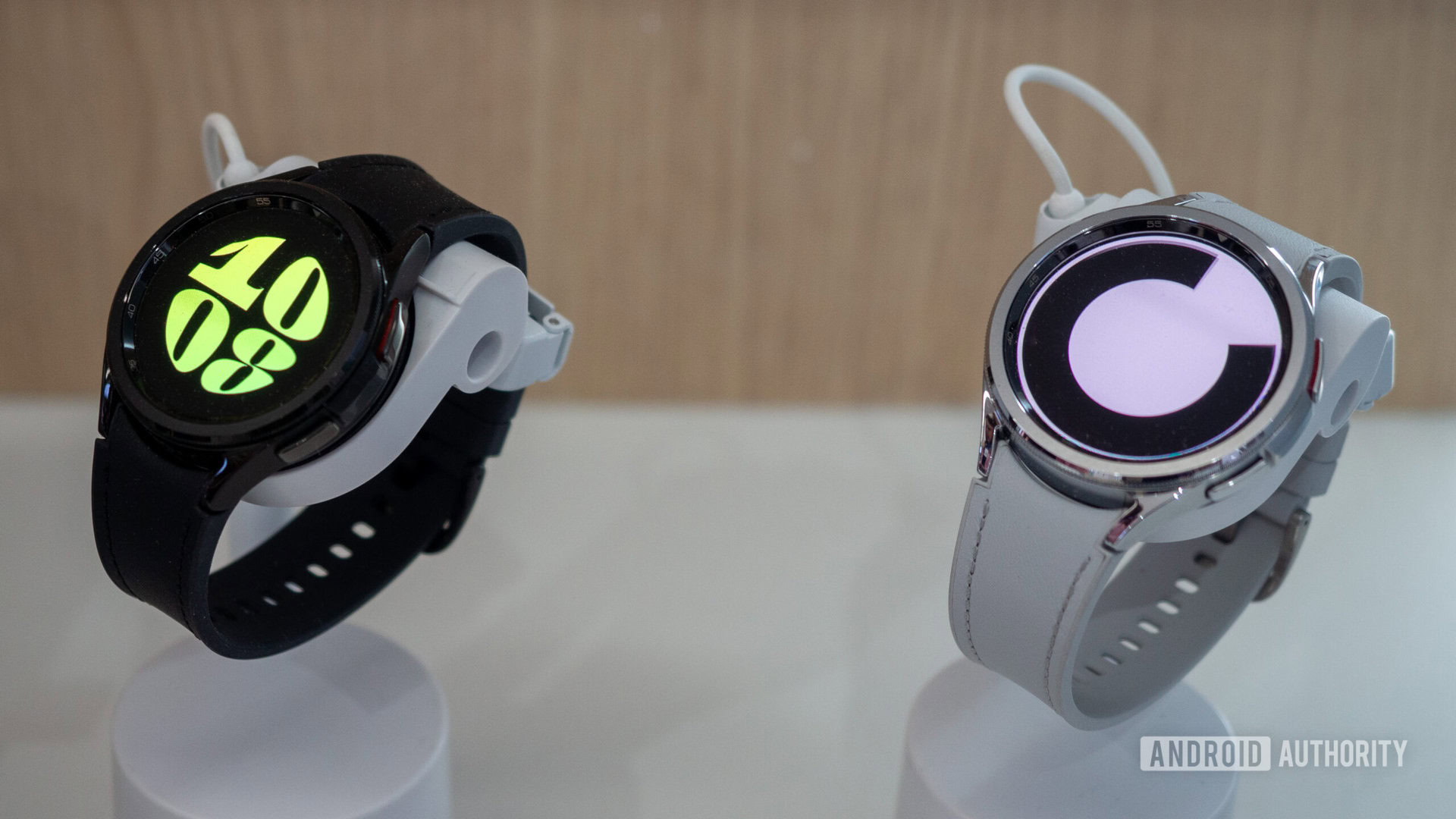
Credit: Rita El Khoury / Android Authority
The Samsung Galaxy Watch series is one of the premier smartwatch lineups for Android devices. While competitors like the OnePlus Watch 2 and the Pixel Watch 2 exist in the Android space, the Galaxy Watch series (like the Galaxy Watch 6 and Galaxy Watch 6 Classic) dominates the charts thanks to Samsung’s popularity and marketing and distribution channels.
Samsung has also been very invested in smartwatches, with a lot of notable smartwatches over the years, like those on Tizen OS. Samsung has immense goodwill in this space, and it is unlikely that the company will give up this advantage any time soon, at least not without a good fight.
So even though Samsung has not officially announced anything yet, we’re very confident that the company will release a Galaxy Watch 7. Based on past trends and current leaks, this could take the form of the Galaxy Watch 7 series with multiple products.
A leak from Kro on X suggests that Samsung is planning three smartwatches: a Classic, a Pro, and a “new one.” SamMobile followed up on this by revealing that the Galaxy Watch 7 series will have the following model numbers:
- SM-L300 and SM-L305
- SM-L310 and SM-L315
- SM-L700 and SM-L705
Here, the xx0 models could represent the Wi-Fi-only variants, while the xx5 models could represent the Wi-Fi plus eSIM variants. These variants were also spotted in an official FCC listing, further confirming the existence of the Galaxy Watch 7 lineup.
To sum it all up, Samsung seems to be well underway in the Galaxy Watch 7 development cycle.
We also know that an Ultra watch is in the works. Samsung itself accidentally confirmed the “Galaxy Watch Ultra” name on its own regional websites in June 2024. This comes after regulatory filings mentioned the “Galaxy Watch Ultra” too.
What is the most likely Galaxy Watch 7 release date?
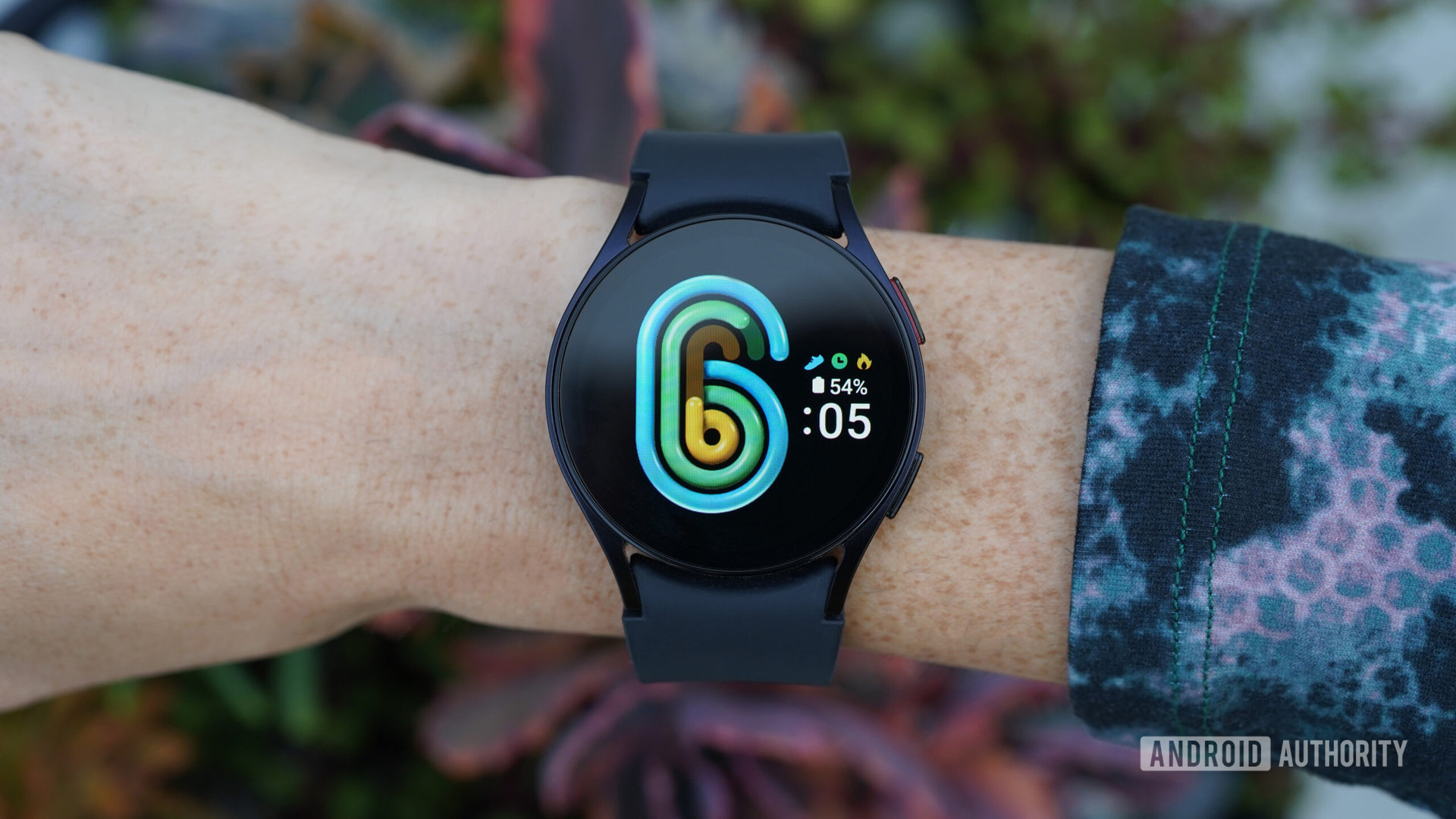
Samsung Galaxy Watch 6
Credit: Kaitlyn Cimino / Android Authority
- Samsung Galaxy Watch 4 series — Announced August 11, 2021; released August 27, 2021
- Samsung Galaxy Watch 5 series — Announced August 10, 2022; released August 26, 2022
- Samsung Galaxy Watch 6 series — Announced July 26, 2023; released August 11, 2023
Samsung has maintained a fairly predictable release cycle for its smartwatches in recent years, choosing to launch them alongside its foldables around August. So you can expect the Galaxy Watch 7 series to be released at the same Galaxy Unpacked event where Samsung will launch the Galaxy Z series fold and flip phones.
According to SamMobile, Samsung could launch the Galaxy foldables in early July 2024, possibly in the second week. Since Samsung usually launches its devices on a Wednesday, that would give us a date of July 10, 2024, as the possible launch date for the Galaxy Z foldables. This is supported by a leak from tipster Evan Blass who shared a GIF of an official countdown clock with the event scheduled for July 10 at 10 PM Korean Standard Time (KST). By extension, this could also be the day and event where Samsung launches the Galaxy Watch 7 series.
Chosun corroborates an early release rumor, suggesting that Samsung wants to take advantage of marketing around the 2024 Summer Olympics, which are scheduled to be held in Paris, France, on July 26, 2024. Consequently, the launch could be held in Paris, France.
What will the Galaxy Watch 7 look like?
So far we had very little to go on about what the Galaxy Watch 7 would look like, but we do have a new leak courtesy of Onleaks that gives us our first look at what’s supposedly Samsung’s first “Ultra” smartwatch.
Based on the leaked render, the Galaxy Watch Ultra is set to feature a distinctive squircle design, combining a circular display with a square frame. This peculiar choice creates a visually jarring appearance, as the circular display seems awkwardly placed atop the square base. Despite the unconventional shape, the round 1.5-inch display means the watch would retain the familiar user interface seen in previous models.
A standout feature visible here is the third button (or Quick Button, per Android Headlines), which may function similarly to the Apple Watch Ultra’s Action Button. With dimensions slightly larger than the Galaxy Watch 6 Classic, the Galaxy Watch Ultra also seems to sport a redesigned watch band mechanism and larger speaker grilles. Its rumored colorways include Titanium Gray, Titanium Silver, and Titanium Beige.
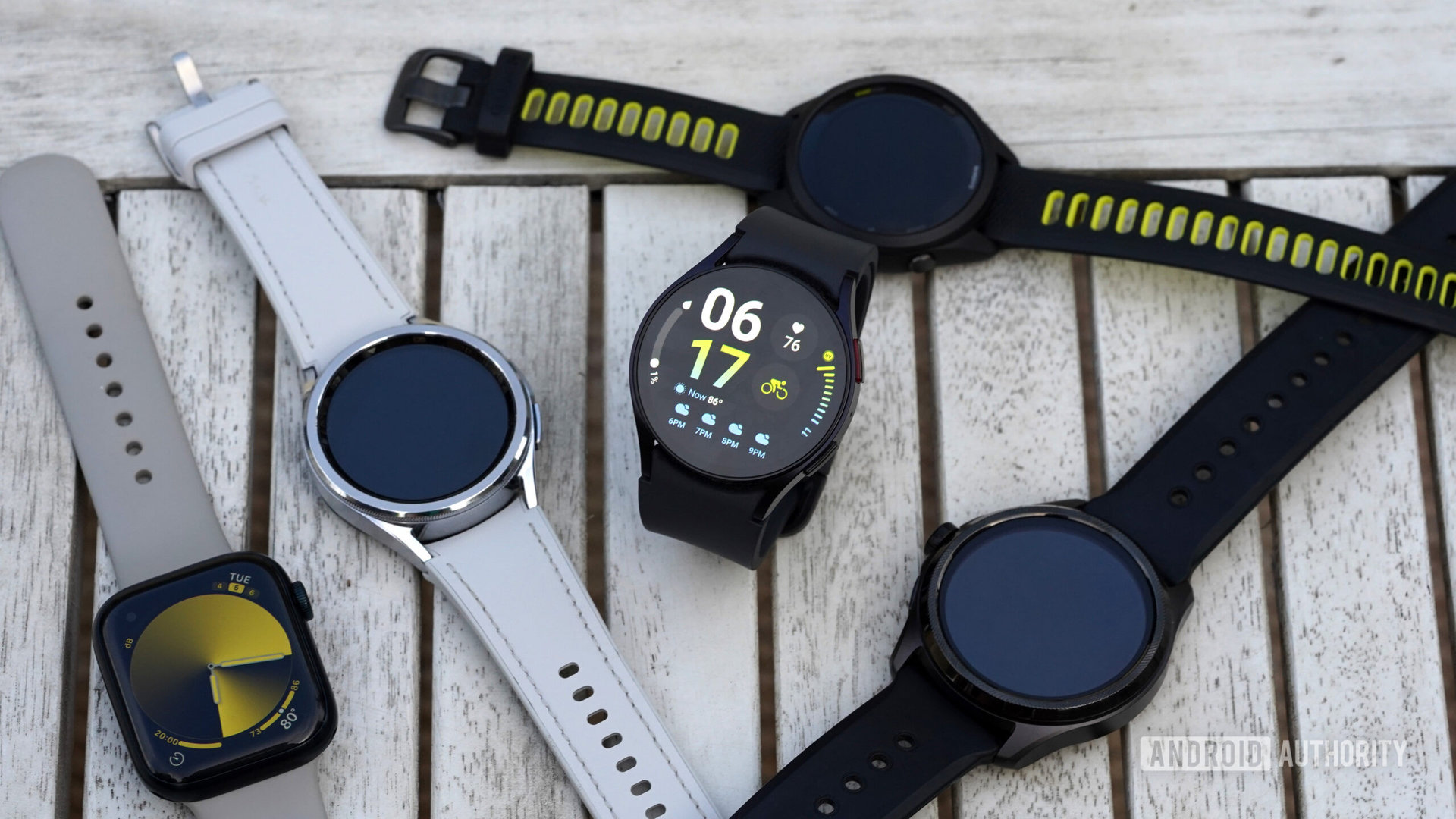
Credit: Kaitlyn Cimino / Android Authority
While Samsung is clearly venturing into new and somewhat questionable design territory with its first “Ultra” smartwatch, we can expect the rest of the lineup to not stray too far away from last year’s Galaxy Watch 6 in terms of design. We don’t have officially confirmed information from Samsung yet, nor do we have any leaked renders that give us any idea of what the standard Galaxy Watch 7 would look like.
Speculatively from our end, some of the variants in the Galaxy Watch 7 (most likely the base variant) could continue on with the looks of the Galaxy Watch 6, which has also largely carried forward the look of its predecessor. Further, the middle Galaxy Watch 7 variant could look like a Galaxy Watch 6 Classic successor with a rotating bezel, as this feature has been loved by fans, and we don’t imagine Samsung would like to remove it again.
What rumored specs and features could the Galaxy Watch 7 series have?
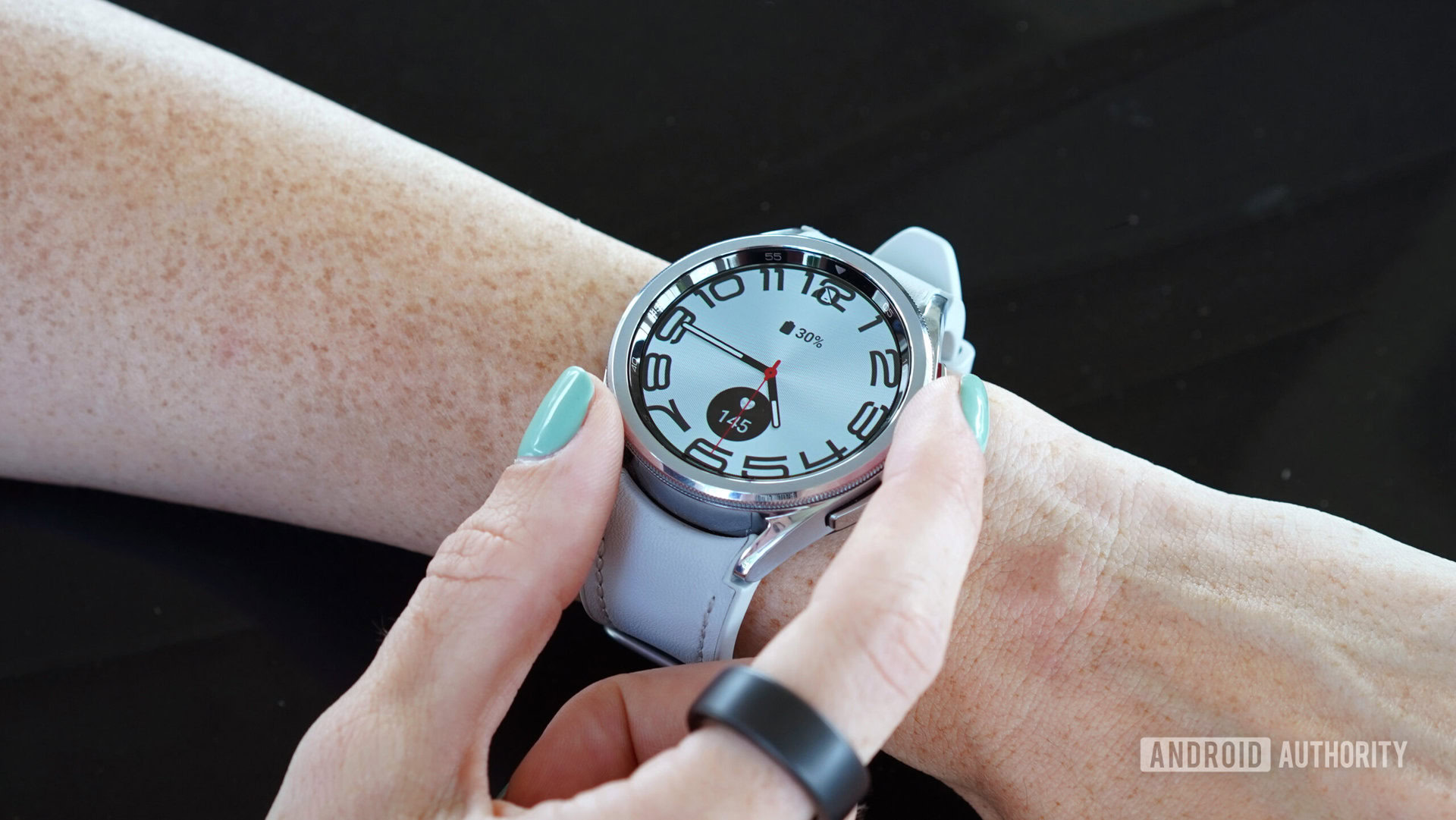
Credit: Kaitlyn Cimino / Android Authority
A new Samsung wearable with the model number SM-L305U was recently spotted on the Bluetooth SIG database. When analyzed alongside earlier leaks, it appears that this device could be the LTE-enabled 40mm version of the upcoming Galaxy Watch 7, geared towards the US market. The Bluetooth certification confirms the Galaxy Watch 7 will retain the same Bluetooth 5.3 with LE technology as the Galaxy Watch 6, but the exciting upgrades likely lie beyond connectivity.
According to TheGalox on X, the upcoming Samsung Galaxy Watch series could feature a new Exynos SoC that promises 50% better efficiency and 30% faster performance. While initial reports hinted at this chip being called the Exynos W940, a recent report from SamInsider points towards the W1000 designation instead. This aligns with Samsung’s recent trend of simplifying the naming schemes for its flagship mobile CPUs as well.
A report from the Korean website New Daily suggests that Samsung could be using Samsung Foundry’s 3nm process for its SoC on the Galaxy Watch 7 series. Connecting the dots, it could mean that the Exynos W940/W1000 could be a 3nm SoC powering the Galaxy Watch 7 series. If correct, this would be a decent upgrade over the 5nm Exynos W930 that is present on the Galaxy Watch 6 series. The switchover to a 3nm process would also explain the claimed efficiency improvements.
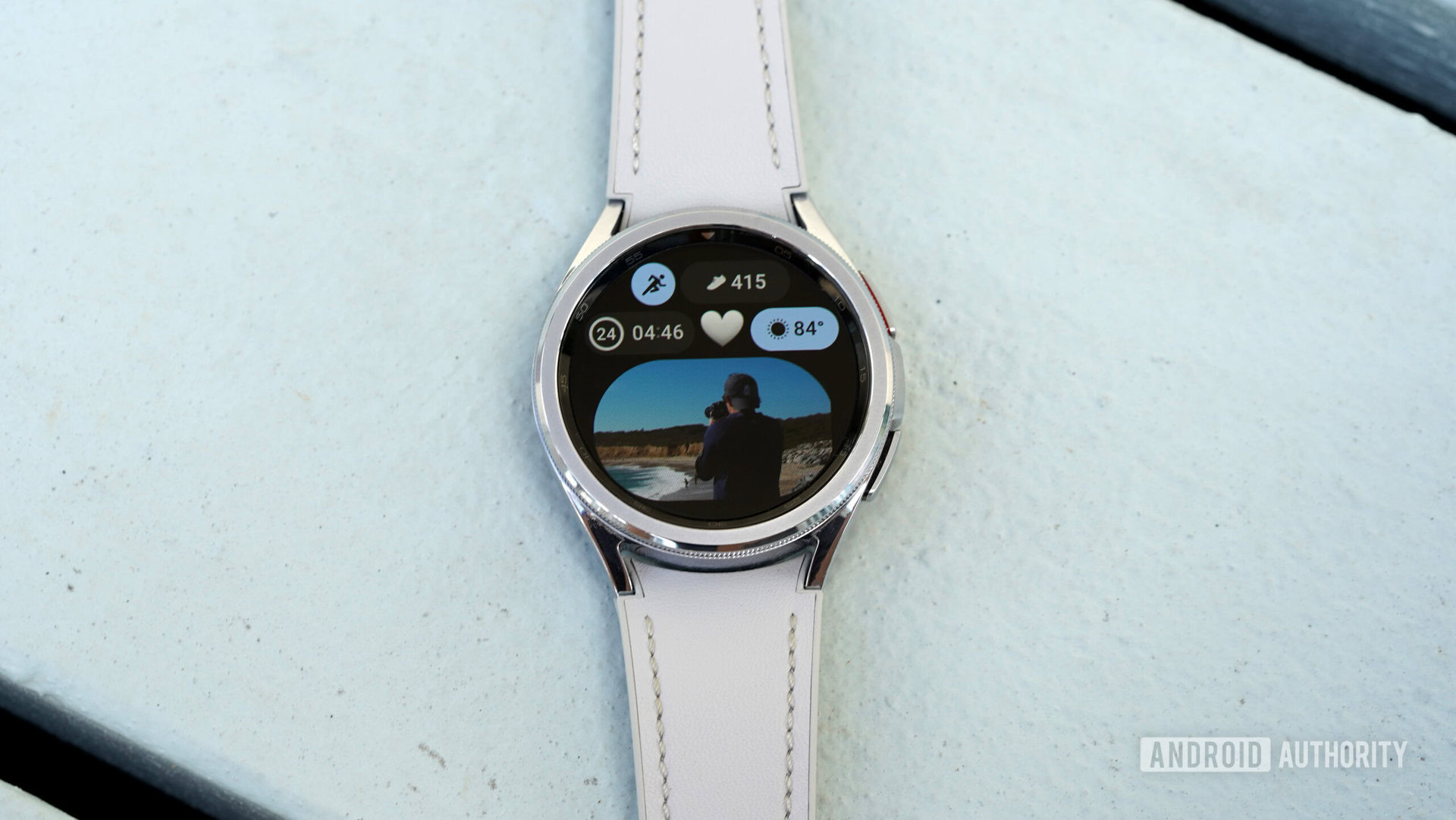
Credit: Kaitlyn Cimino / Android Authority
A report from SamMobile suggests that Samsung could also increase the internal storage of the watch. The Galaxy Watch 6 series has 16GB internal storage, while the Galaxy Watch 7 series could double it to 32GB.
Galaxy Club reported in early April that one of the watches (model number SM-L70x) has a battery with a rated capacity of 578mAh. The outlet suggested that this would translate into a typical capacity of 590mAh, which would be in line with the Galaxy Watch 5 Pro.
The FCC listing of the Galaxy Watch 7 series suggests Samsung might increase wireless charging speeds by 50% this year. The listing mentions 15W wireless charging on the smartwatch, up from 10W on the Galaxy Watch 6. As far as the new Galaxy Watch Ultra model is concerned, we don’t have any specific information about its features.
Leaked specs from Android Headlines corroborated the info above but offered additional details surrounding the watches’ displays and materials. The Galaxy Watch Ultra may offer a panel capable of 3,000 nits, with the Galaxy Watch 7 peaking at 2,000 nits. Both may come slathered in sapphire crystal. Other details included the use of titanium for the Ultra’s shell and aluminum for the Galaxy Watch 7. Both watches reportedly pack IP68 water and dust resistance with a MIL-STD-810H durability rating, while the Ultra offers a 10ATM rating, too.
Galaxy AI on Galaxy Watches
In terms of software features, Samsung has now confirmed that Galaxy AI (as part of One UI 6 Watch) is coming to “the next Galaxy Watch line-up,” which obviously means the Galaxy Watch 7 and Watch Ultra should be launching with Galaxy AI. The AI features confirmed as of now include an “Energy Score” providing daily insights into your overall condition, personalized “Workout Routines” for seamless exercise transitions, and a “Race” feature allowing runners and cyclists to compare performance on the same routes.
Additionally, users can anticipate tailored “Wellness tips,” more comprehensive sleep analytics with detailed “Sleep Score” metrics, and advanced running metrics like “Aerobic Threshold (AT) / Anaerobic Threshold (AnT) Heart Rate Zone.” While these are the currently confirmed features, Samsung may introduce additional AI capabilities when One UI 6 Watch is officially released.
What might the Galaxy Watch 7 price be?
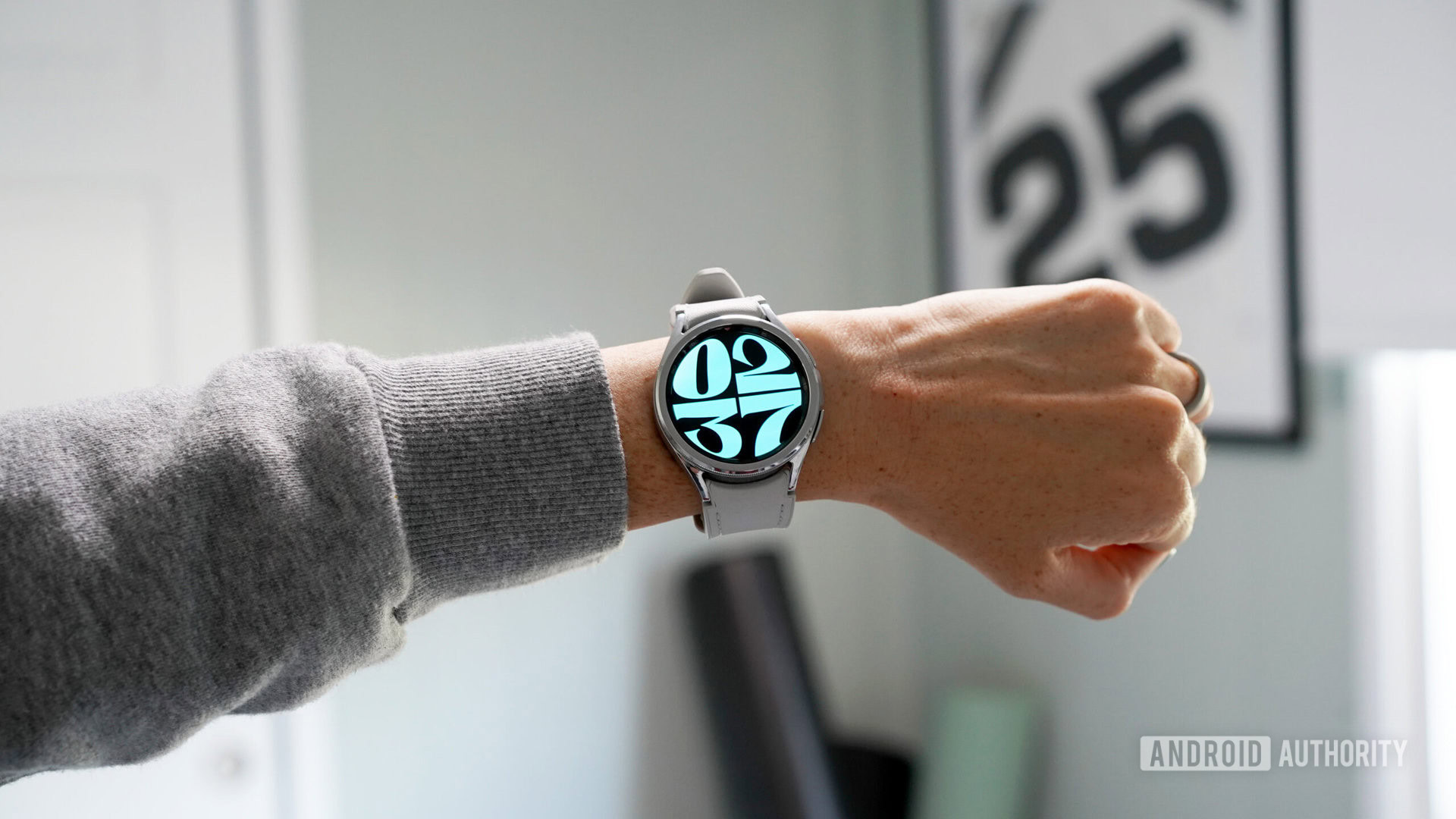
Credit: Kaitlyn Cimino / Android Authority
- Samsung Galaxy Watch 6, 40mm: Wi-Fi-only: $299.99 / 4G: $349.99
- Samsung Galaxy Watch 6, 44mm: Wi-Fi-only: $329.99 / 4G: $379.99
- Samsung Galaxy Watch 6 Classic, 43mm: Wi-Fi-only: $399.99 / 4G: $449.99
- Samsung Galaxy Watch 6 Classic, 47mm: Wi-Fi-only: $429.99 / 4G: $479.99
We can draw some reasonable conclusions about the Galaxy Watch 7 series pricing by looking at the predecessor, the Galaxy Watch 6 series.
The Galaxy Watch 6 series started at $300 in the US for its smallest 40mm and Wi-Fi-only variant (though it is often discounted below this these days). One can presume that Samsung would like to stick close to this price tag for the entry-level Galaxy Watch 7. Upgrading to the 4G LTE eSIM variant adds a $50 bump to the price, and we presume this will continue with the Galaxy Watch 7 series.
The Galaxy Watch 6 Classic starts at $400 in the US for its smallest 43mm Wi-Fi-only variant. You can expect one of the other two Galaxy Watch 7 variants to target this price band.
It looks like the Galaxy Watch 7 could share the same price as the Galaxy Watch 6. But what about the Watch Ultra model?
91mobiles reported in June 2024 that the Galaxy Watch 7 will apparently cost $299 to $310. That would put it on par with the Watch 6 in the US.
A European retailer leak from June 2024 also gives us purported price details. It mentions a €314.49 (~$336) price for the 40mm Galaxy Watch 7 Bluetooth model. Meanwhile, the 44mm model is said to cost €344.99 (~$369). This is apparently a slightly discounted price by the retailer compared to the recommended price. European prices tend to be more expensive than US prices though, so it’s worth keeping this fact in mind.
Now that it’s likely that Samsung is also releasing a brand-new Galaxy Watch Ultra, it’s highly likely that the company will also follow Apple’s strategy and price the Galaxy Watch Ultra much higher than the rest of its smartwatch series. We are expecting a starting price well above $500, to say the very least.
The aforementioned 91mobiles leak revealed that the Galaxy Watch Ultra could actually retail for $699 to $710. Meanwhile, that European retailer leak pegs the price at €688.99 (~$737). That’s way above our $500+ expectation but cheaper than the Apple Watch Ultra.
Should you wait for the Samsung Galaxy Watch 7?

Credit: Kaitlyn Cimino / Android Authority
If you’re looking for a great smartwatch right now, the Galaxy Watch 6 still remains a solid choice. However, if you can hold out for a couple of months, the Galaxy Watch 7 might offer significant upgrades that make the wait worthwhile. Plus, even if you decide the Watch 6 is perfect for you, the Watch 7’s release will likely bring tempting price drops on the older model.
Alternatively, if you’re open to exploring beyond the Galaxy ecosystem, there are several impressive smartwatches to consider, such as the Google Pixel Watch 2 (
), the OnePlus Watch 2 (
), or the Garmin Venu 3 (
). While the latest Apple Watch (
) is a top recommendation, it’s worth noting that it’s only a feasible option if you’re contemplating a switch to an iPhone, as Apple’s smartwatch does not support Android.
Samsung Galaxy Watch 7 wishlist
While there’s still more than a month before we get newer watch hardware, we’d love to see Samsung make a few bolder moves in 2024 with the next Galaxy Watch. There are certainly more than a few things on our Samsung Galaxy Watch 7 wishlist, so let’s jump right in.
The sensor data needs big improvement
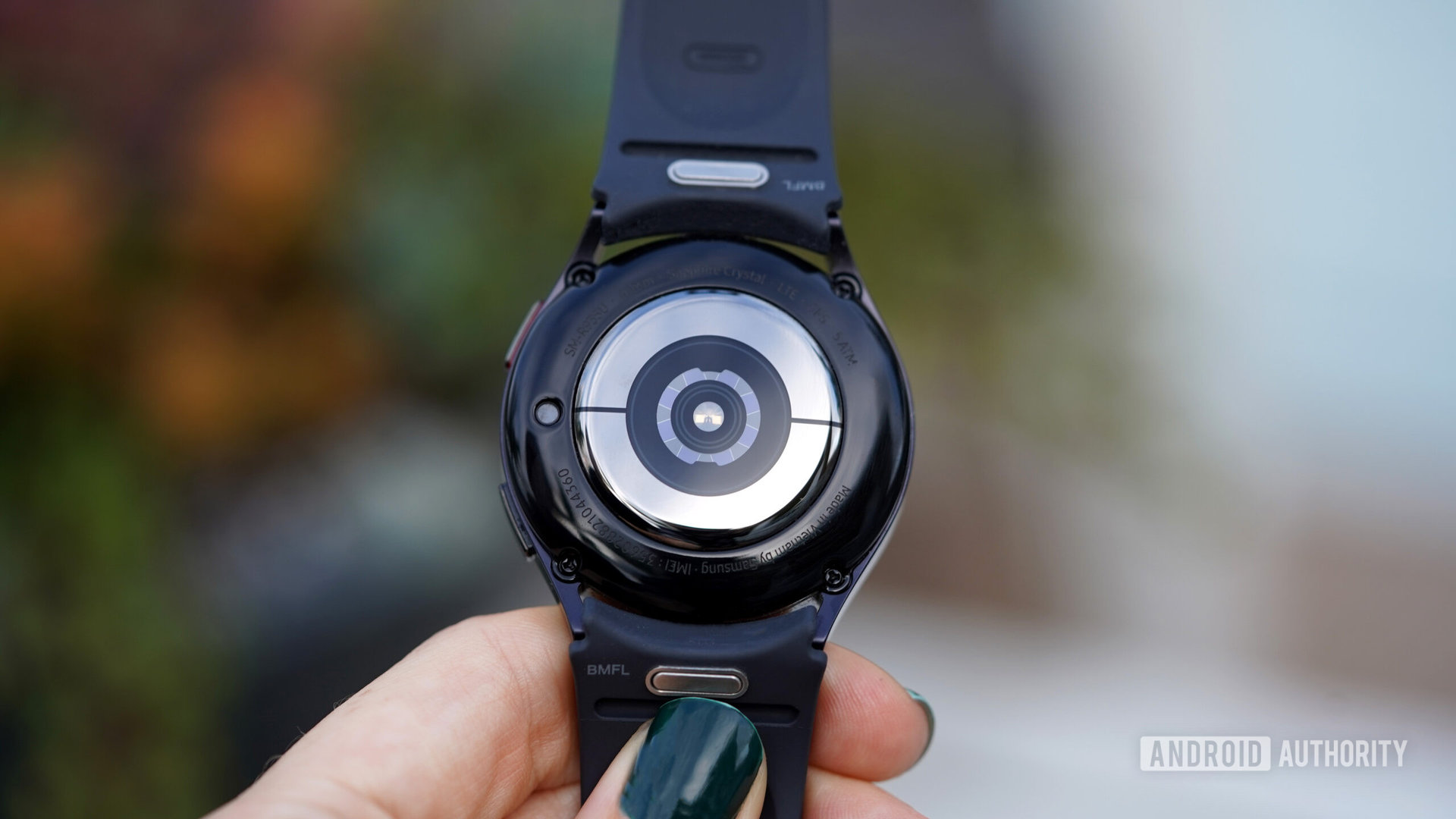
Credit: Kaitlyn Cimino / Android Authority
The Samsung Galaxy Watch 6 is a good smartwatch, but its health and fitness features could use some work. Specifically, we’re focused on the accuracy of its sensors. As noted in our Galaxy Watch 6 review, the heart rate data on the Watch 6 is extremely inconsistent. The same applies to GPS accuracy in runs and other activities. While it can be reasonably accurate in many neighborhoods, it sometimes produces wonky and unexpected results.
Samsung needs to focus on improving its sensor accuracy. A bigger Health feature push could attract fans who are interested in Samsung’s watch but find its health features lacking compared to Garmin watches, Fitbit, or the Apple Watch. Hopefully, the newly confirmed Galaxy AI features will help bridge the gap for health enthusiasts.
Improve support for Android phones that aren’t made by Samsung
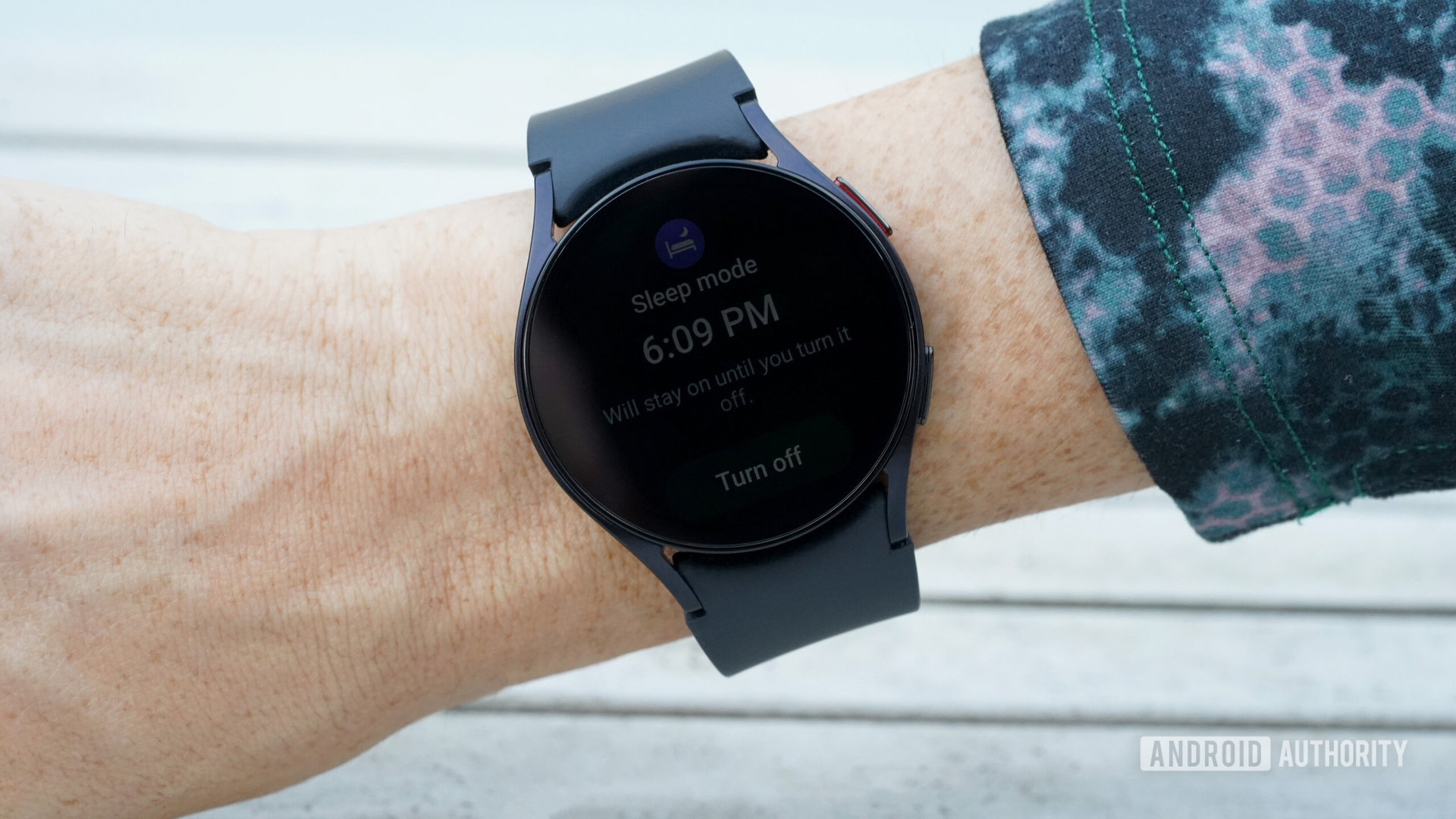
Credit: Kaitlyn Cimino / Android Authority
Samsung prioritizes its Galaxy phones over other Android devices, which isn’t too surprising, but it’s something we’d like to see change. The Galaxy Watch is easily one of the best, if not the very best, Android watches for generalist users, so Samsung shouldn’t limit its appeal.
What kind of features are currently unavailable to non-Samsung phone owners? There are three main features that are only for Samsung phone owners: on-demand ECG readings, blood pressure detection, and irregular heart rate notifications. To use these advanced features, you need the Samsung Health Monitor app, which isn’t available outside of the Galaxy Store on Samsung phones and tablets.
Samsung should embrace more styling options
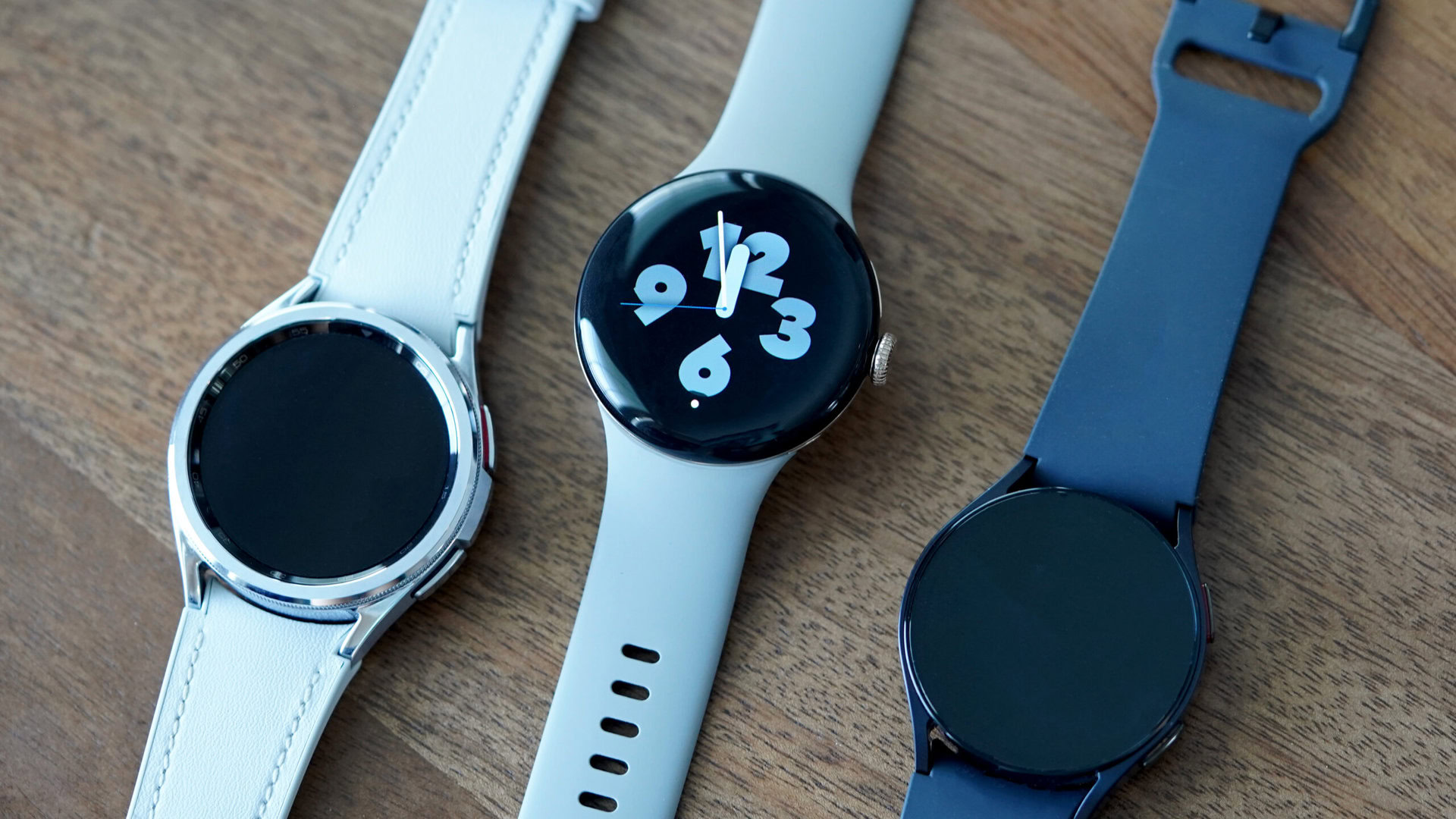
Credit: Kaitlyn Cimino / Android Authority
The Samsung Galaxy Watch 6 and Pixel Watch 2 are basically the gold standard products for Wear OS, largely thanks to their decent features and mainstream appeal. While the Galaxy Watch 6 comes in a few fun colorways, there’s always scope to add more colors or band options. We’d like to see that change with the Galaxy Watch 7 series. This is especially needed for the new Pro model, which is the Galaxy Watch 7 Ultra. Instead of just offering black or silver, give us a splash of color in the watch body itself. Or at least throw in a few new funky watch band options for the entire series.

